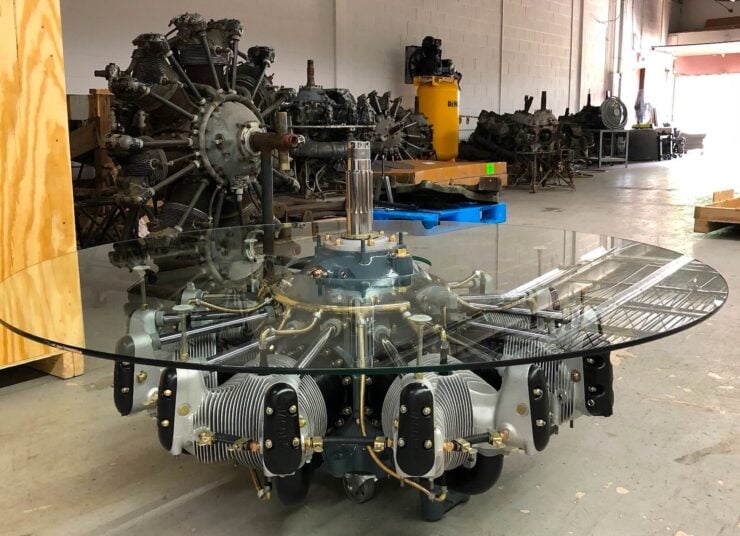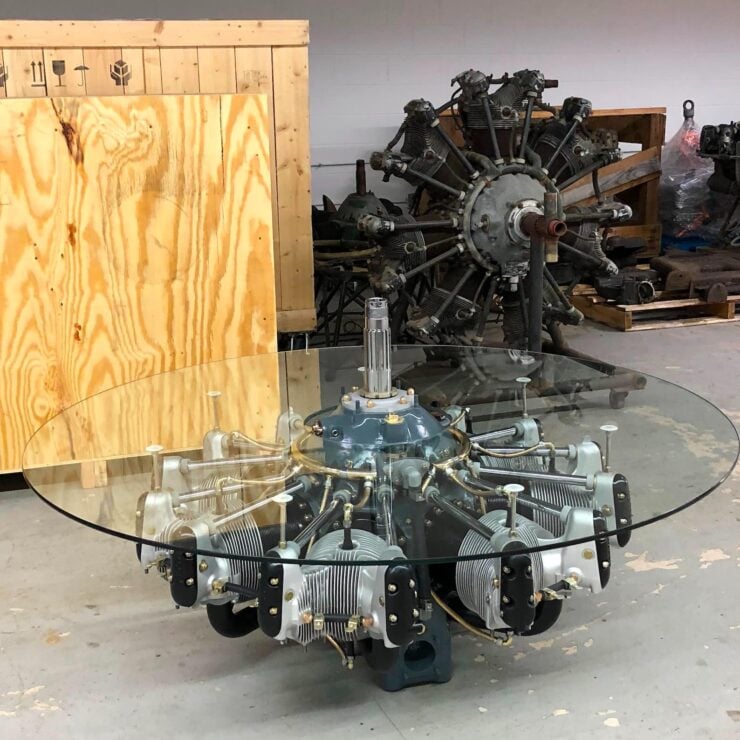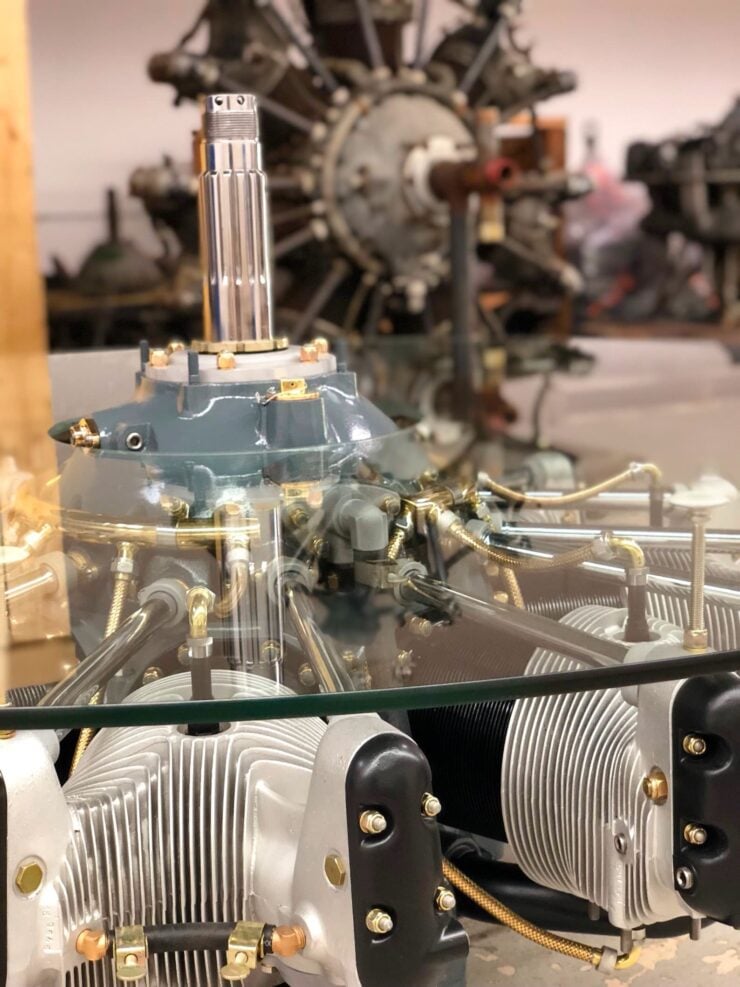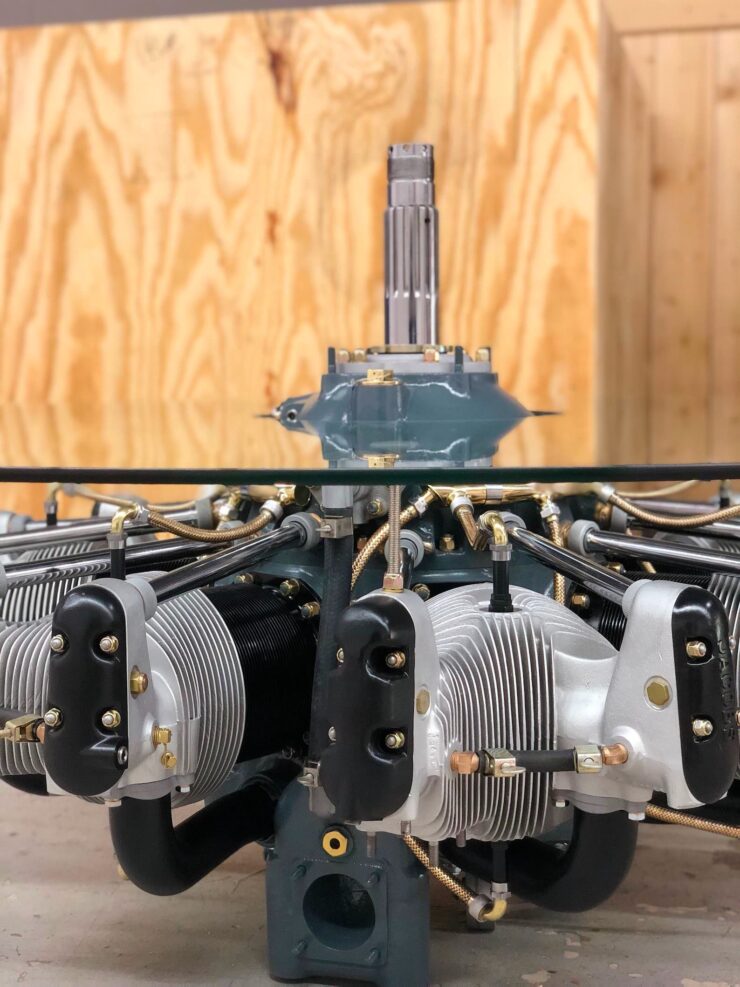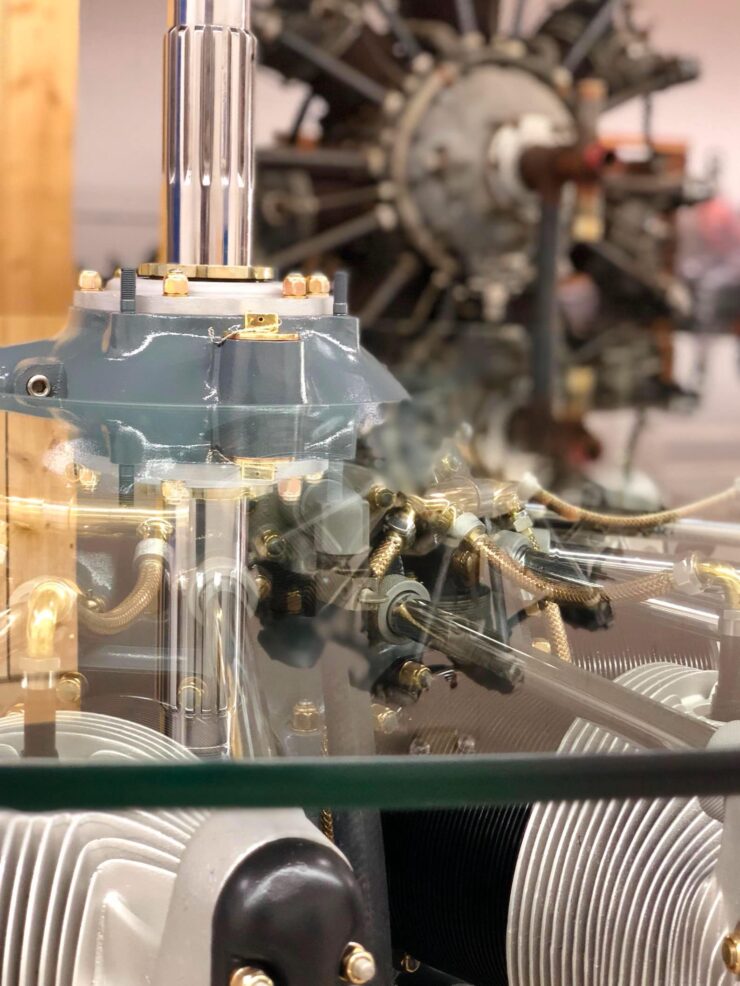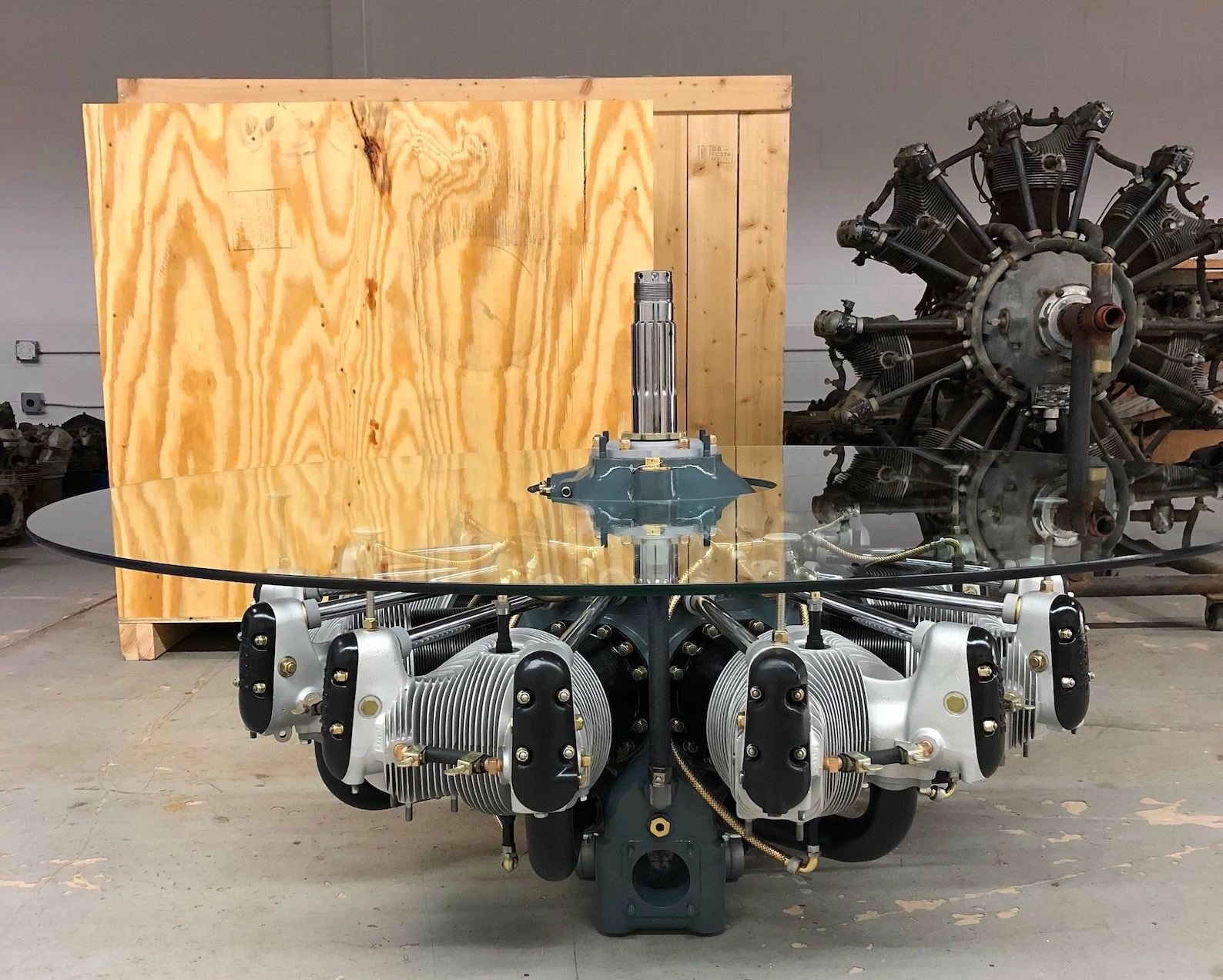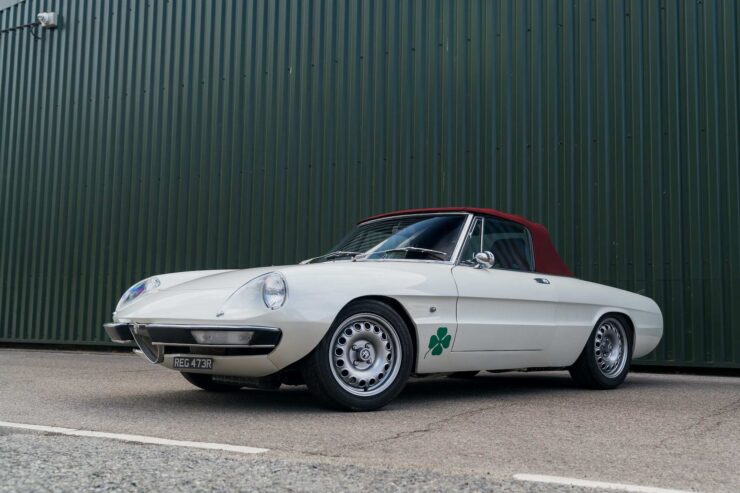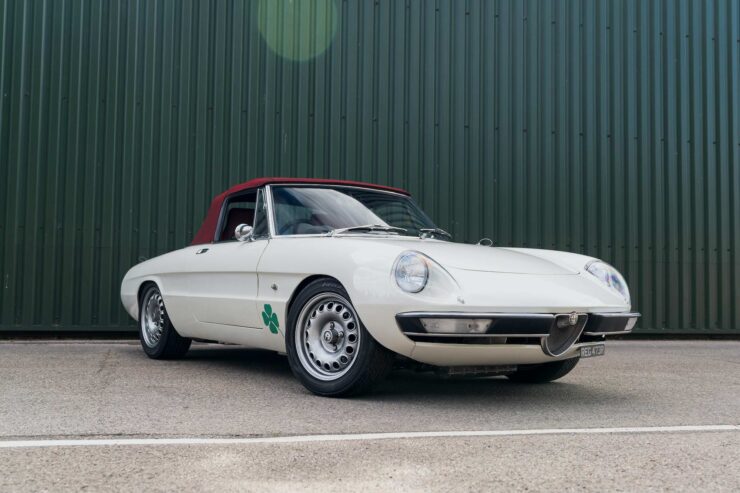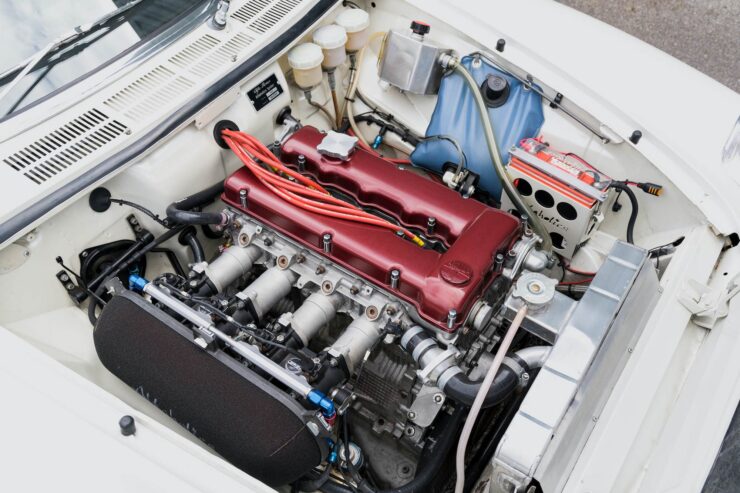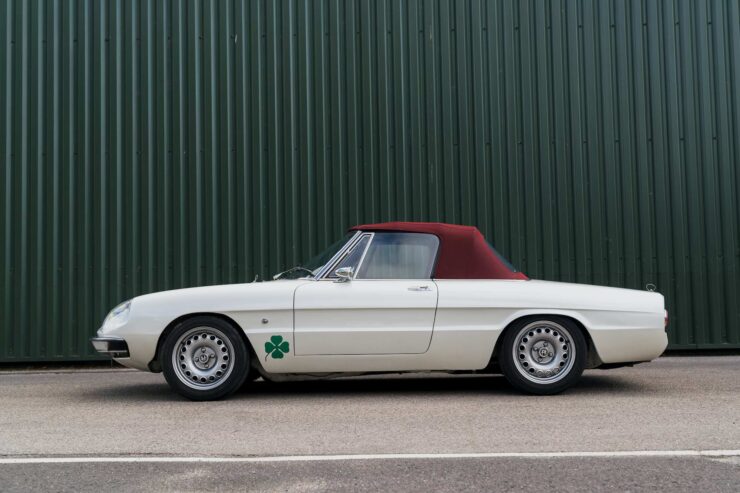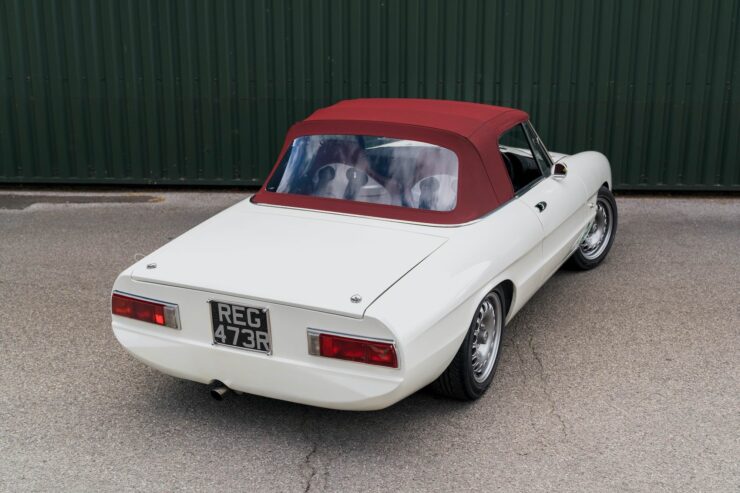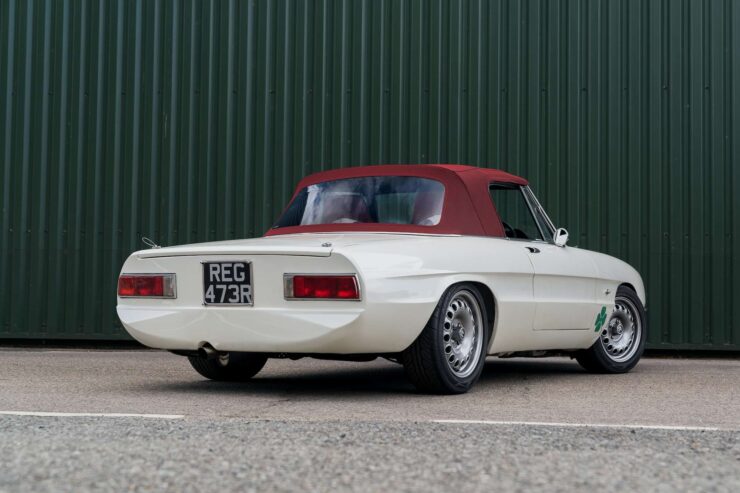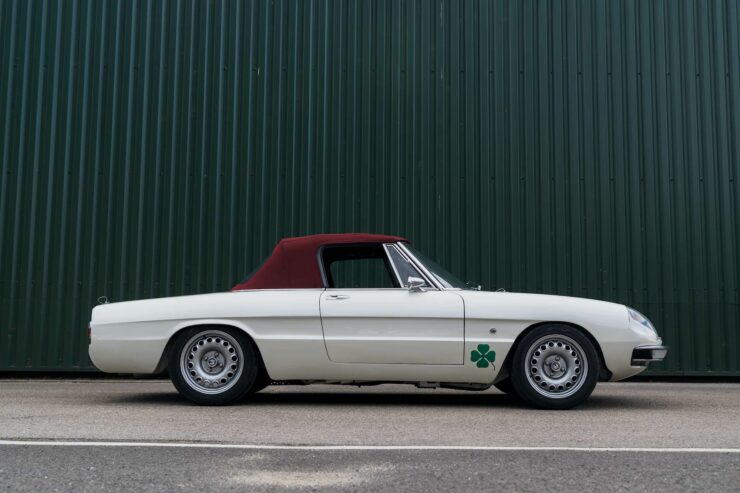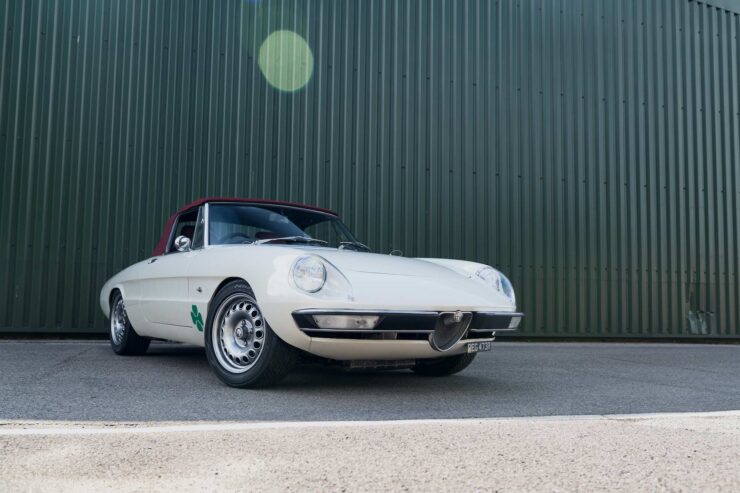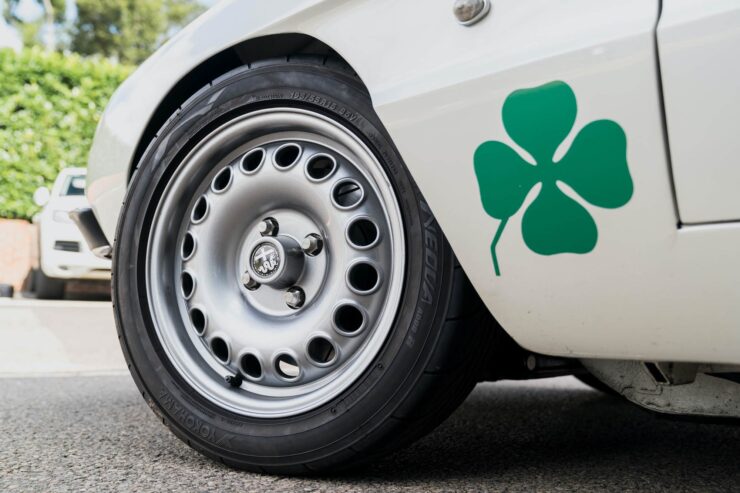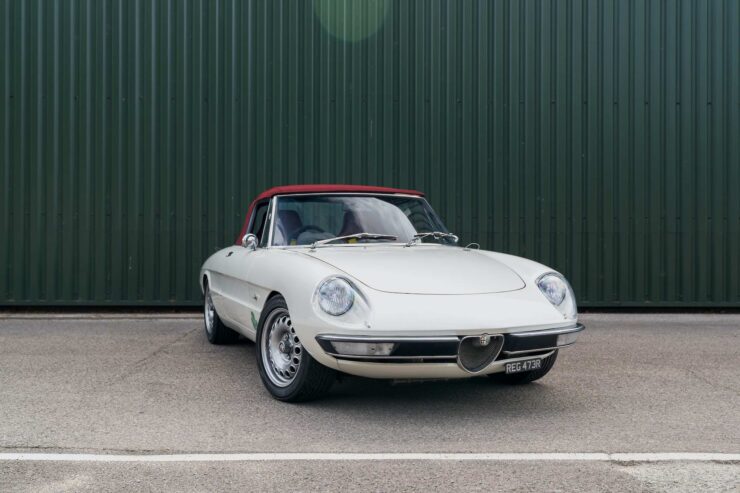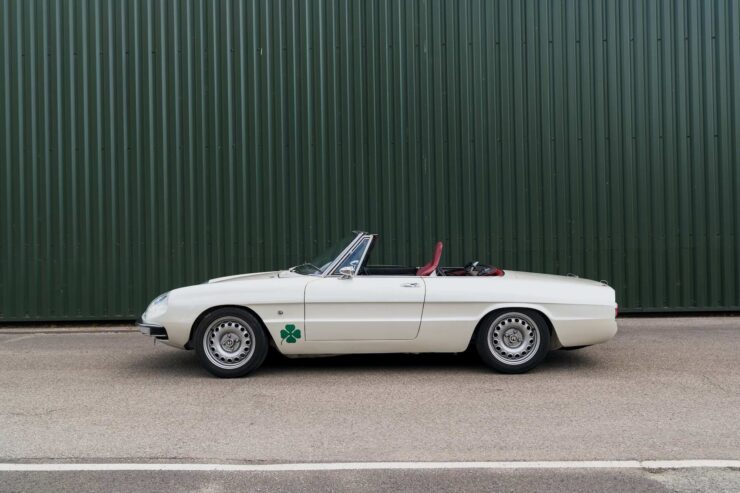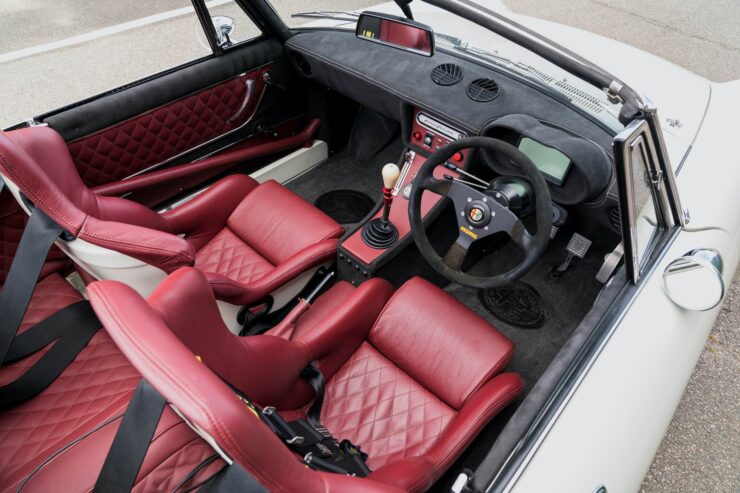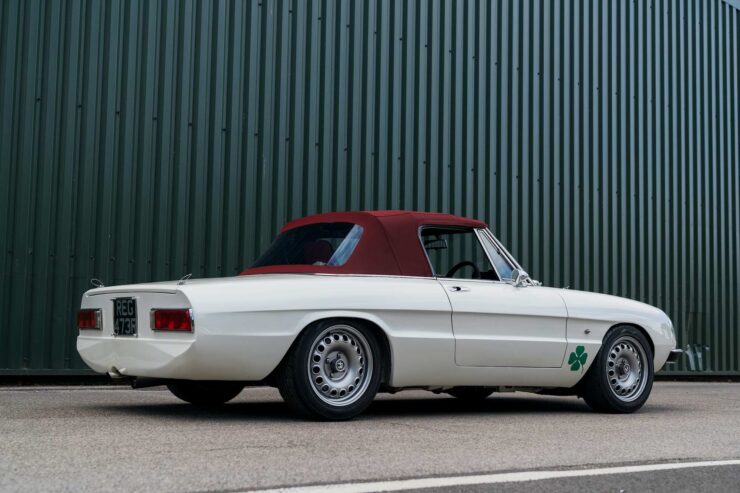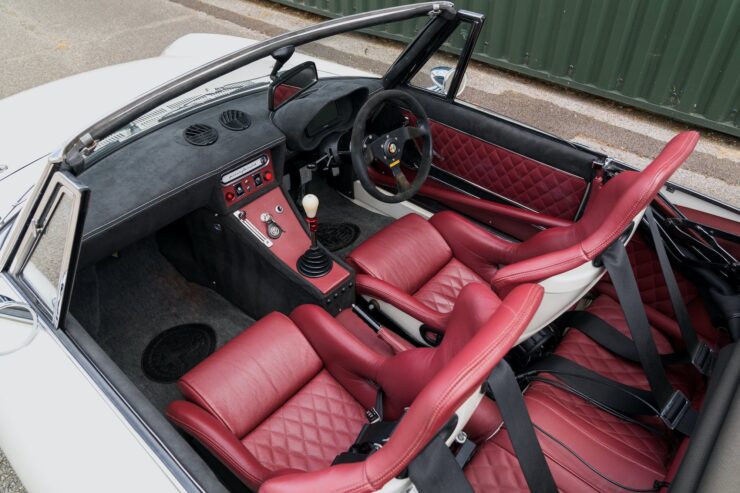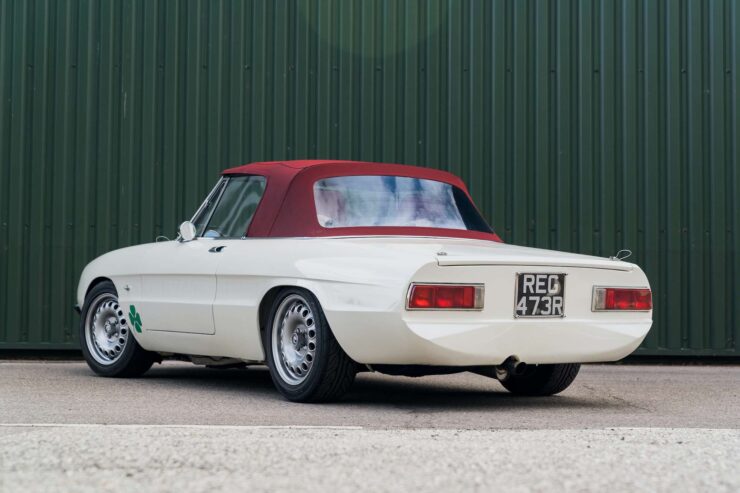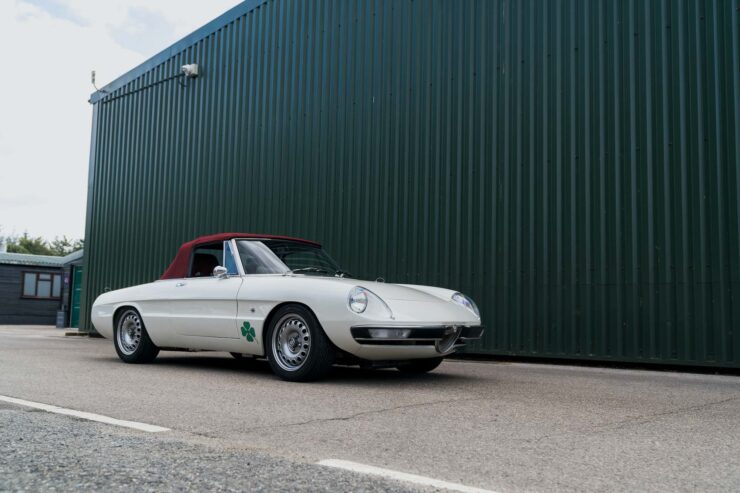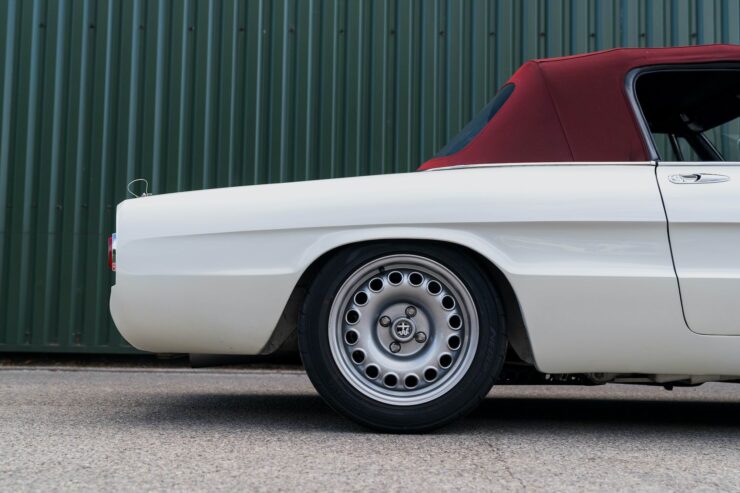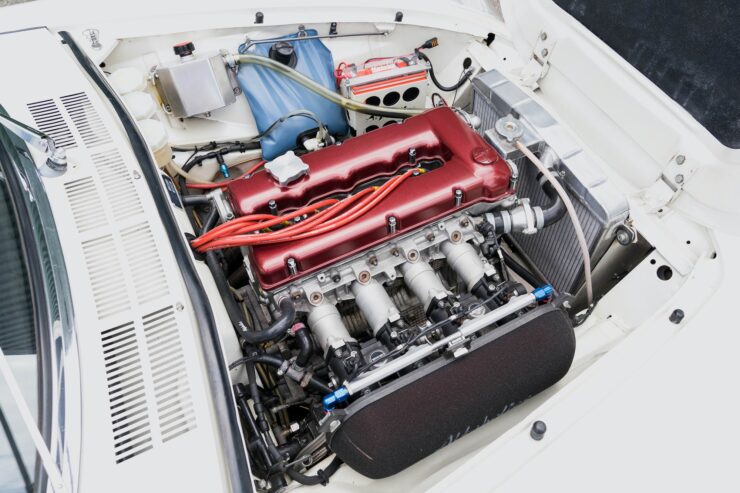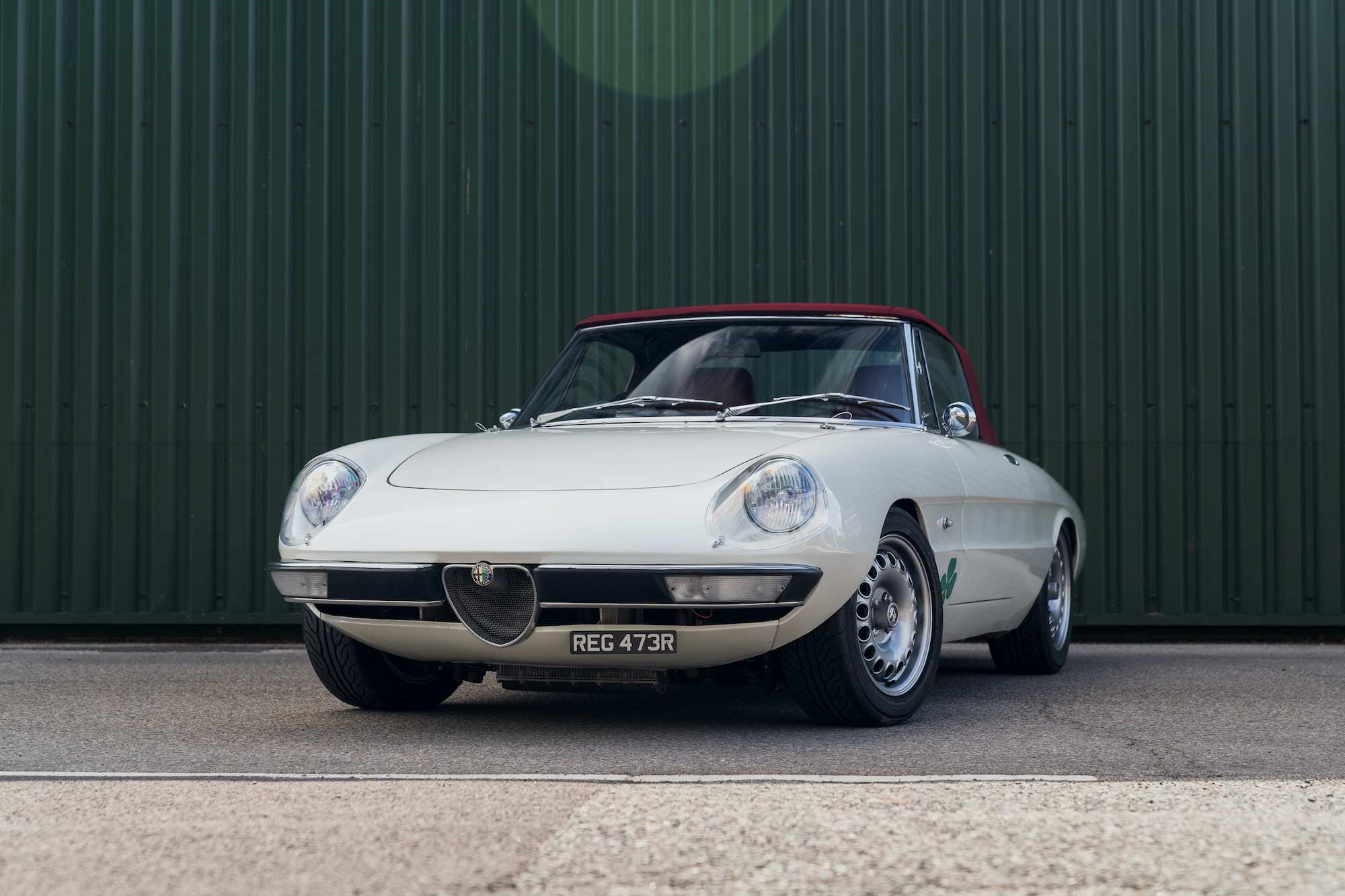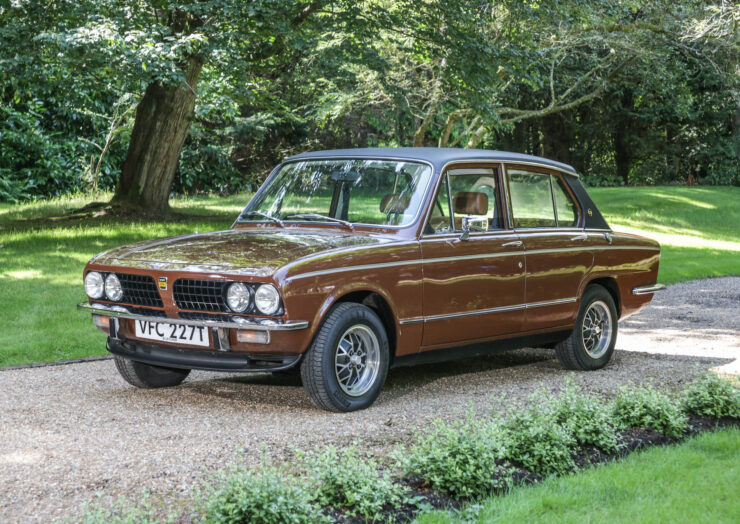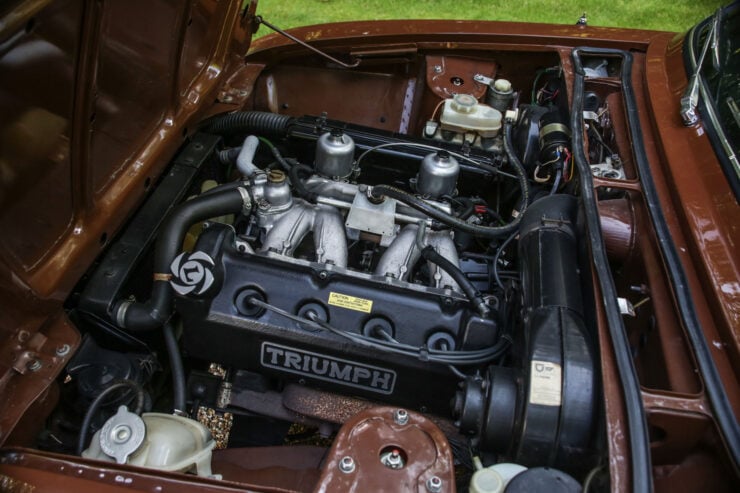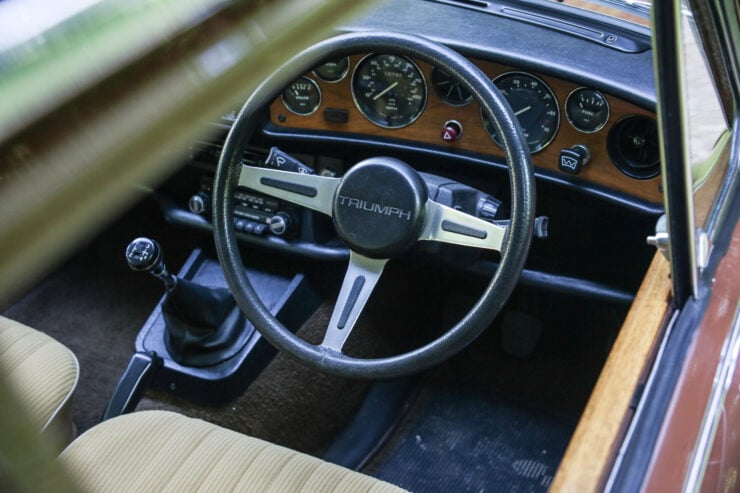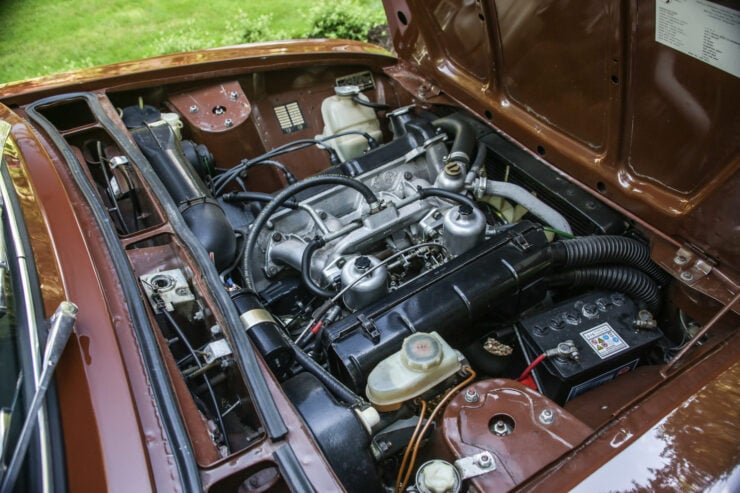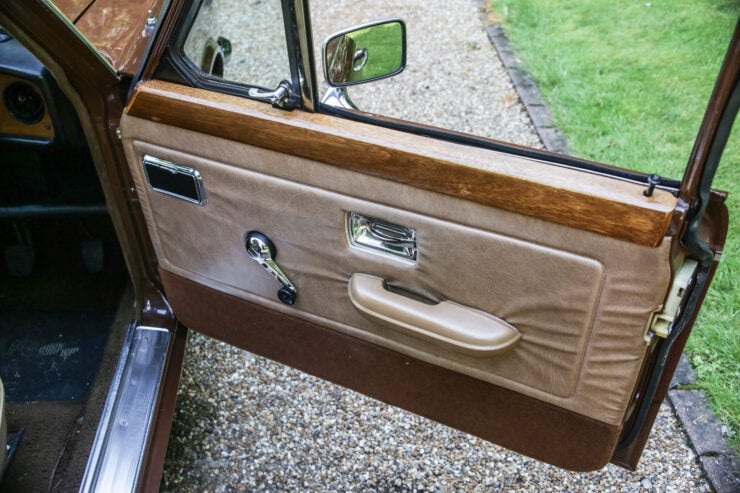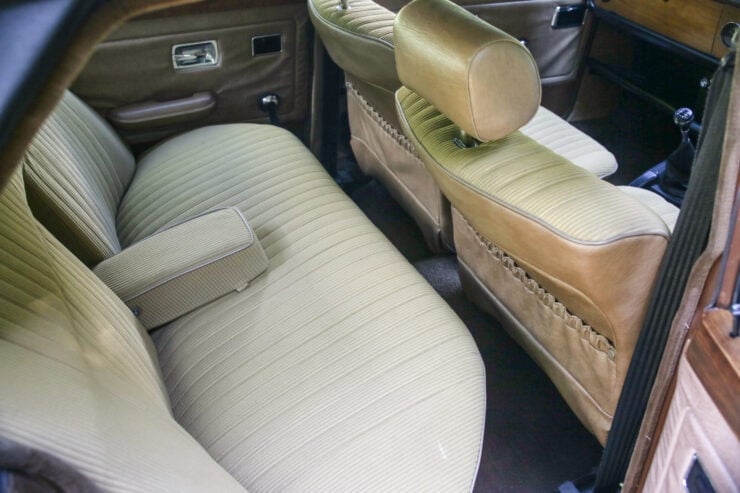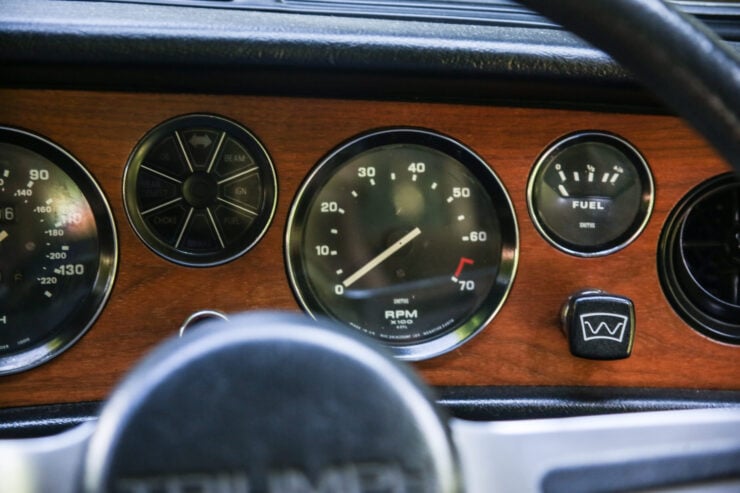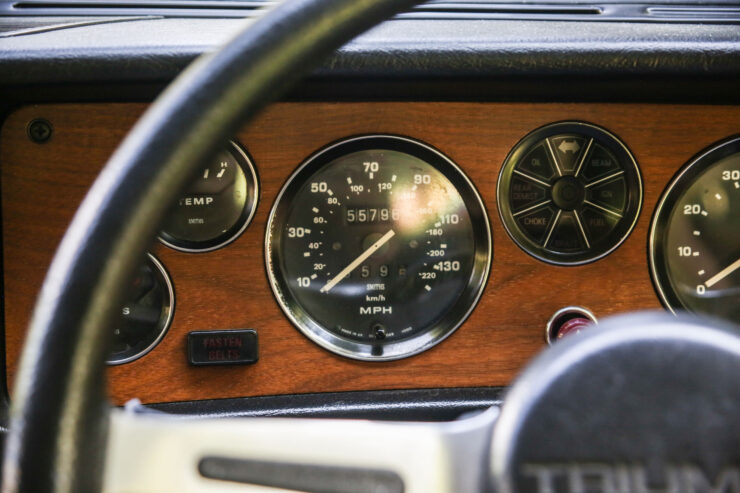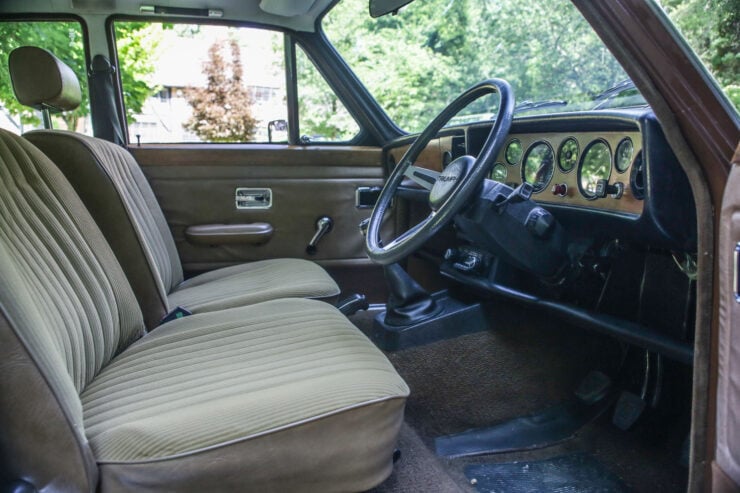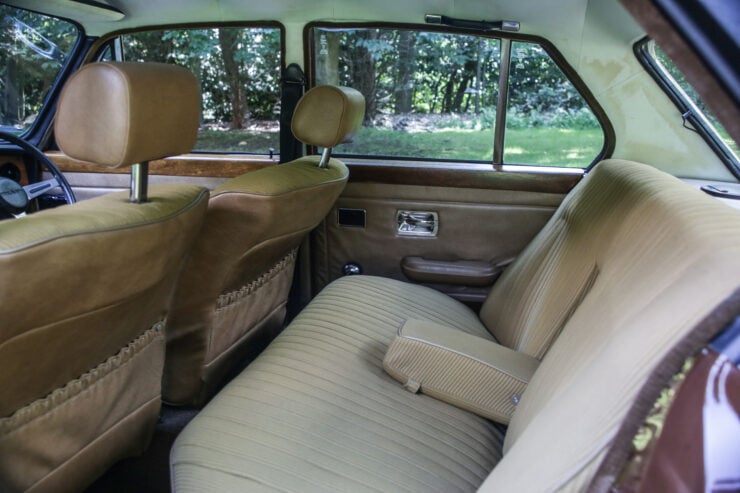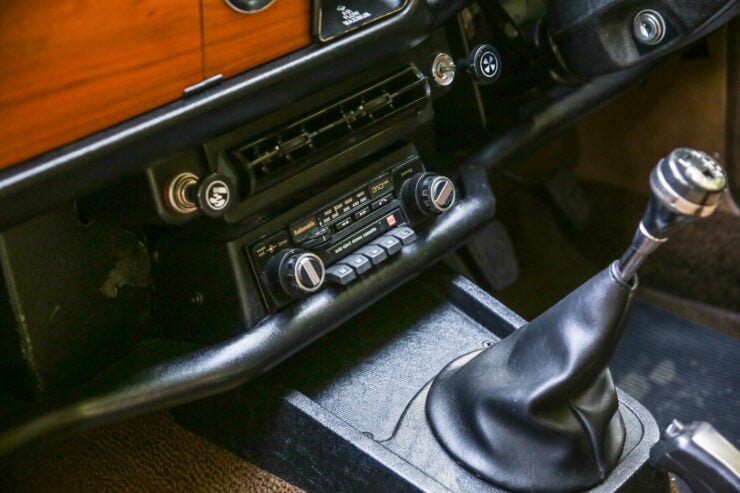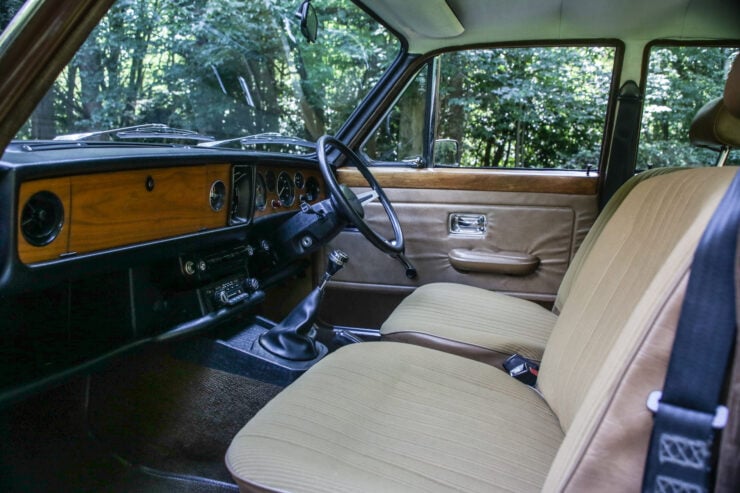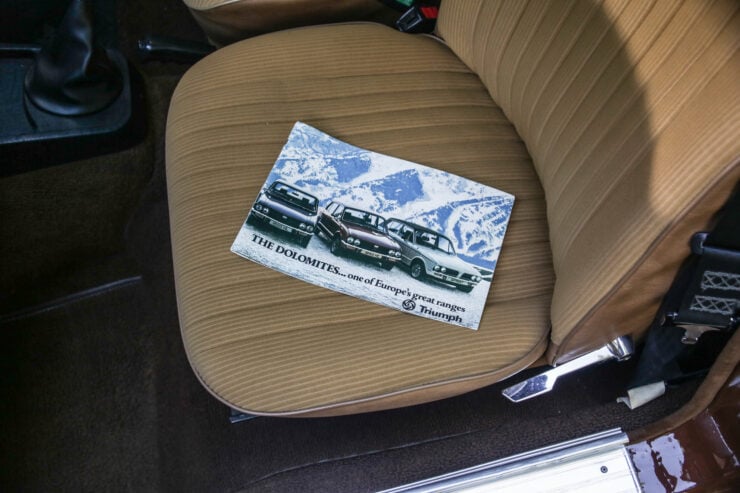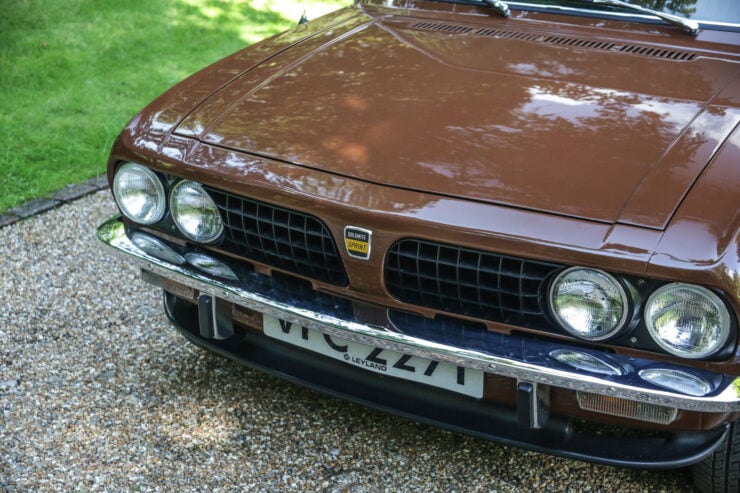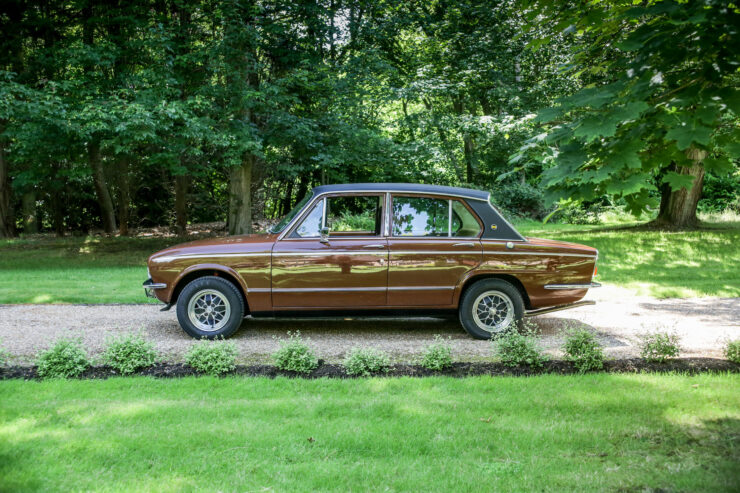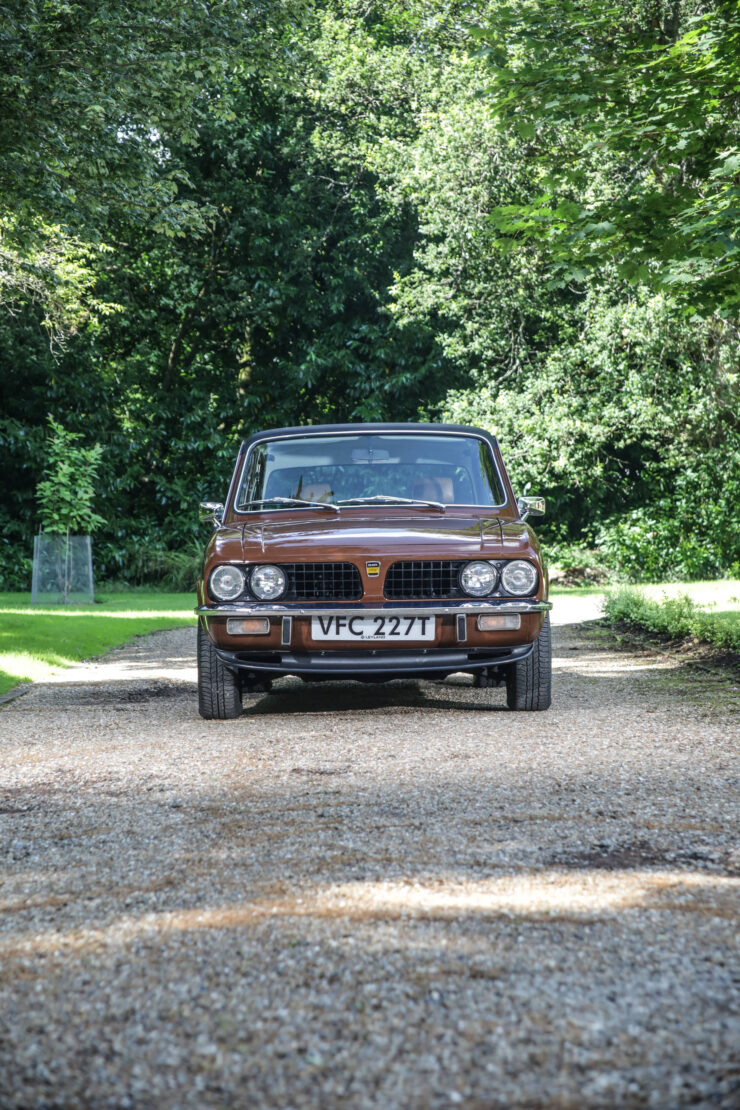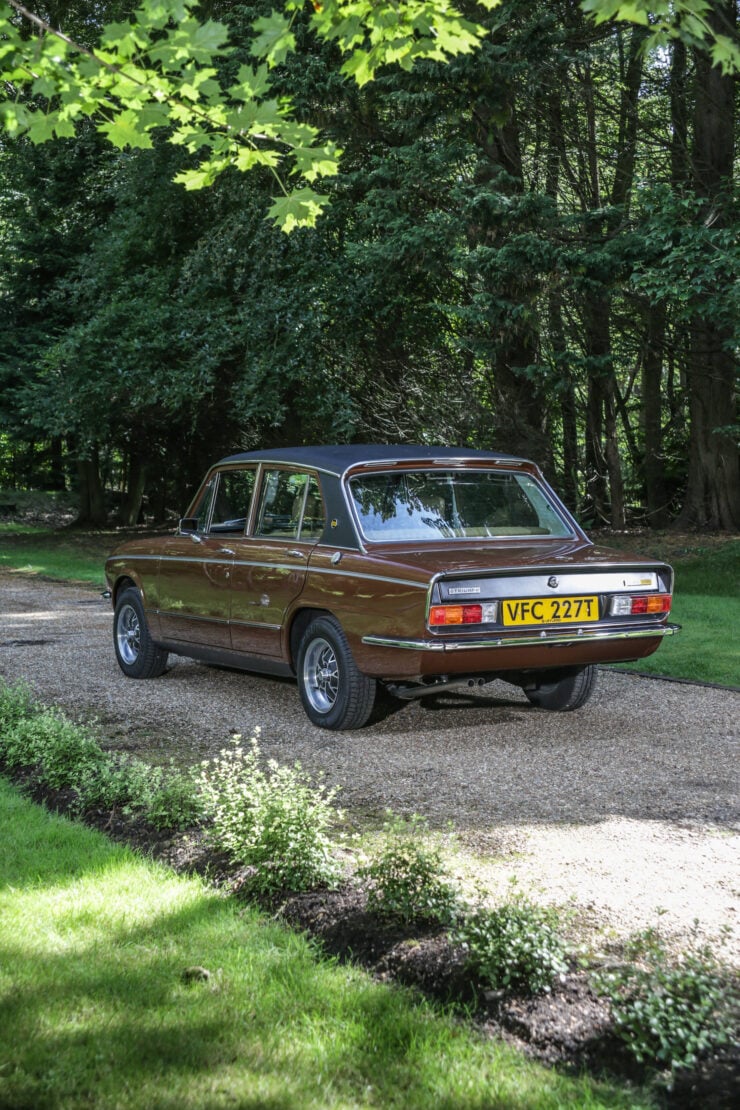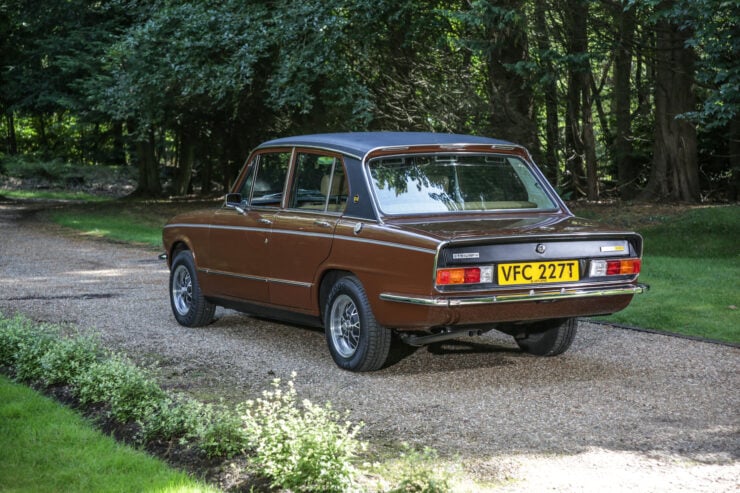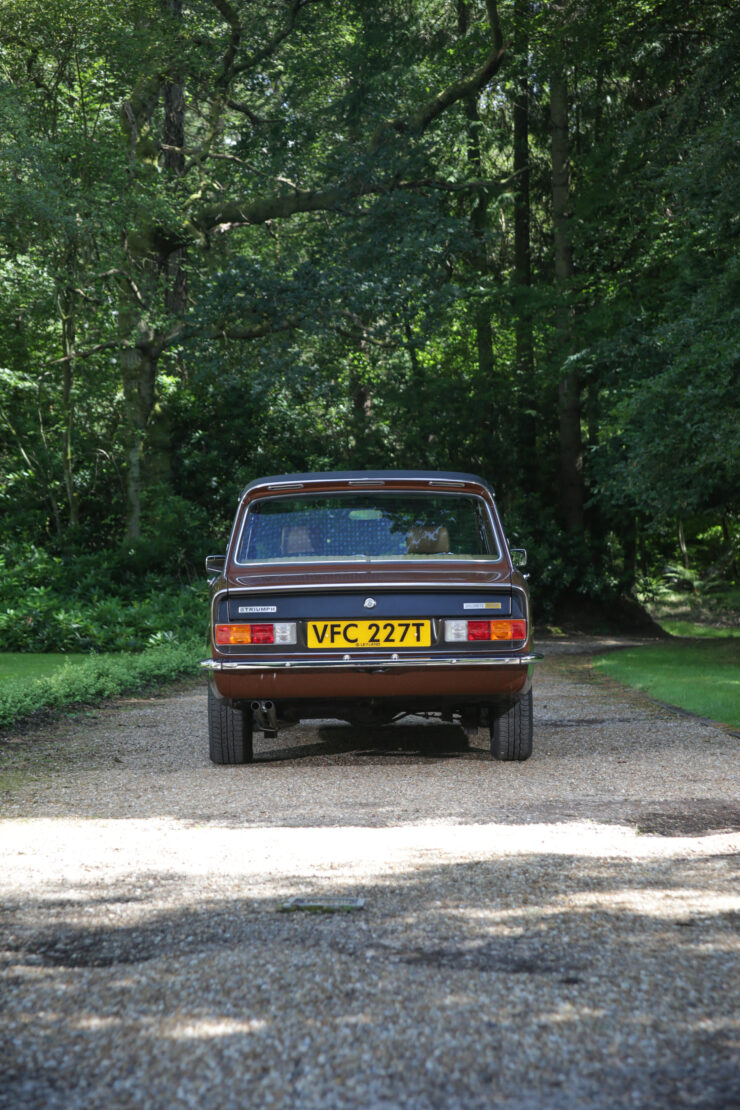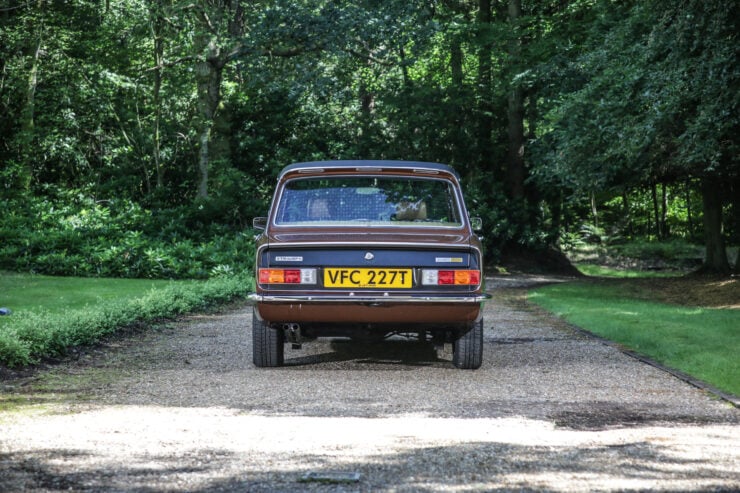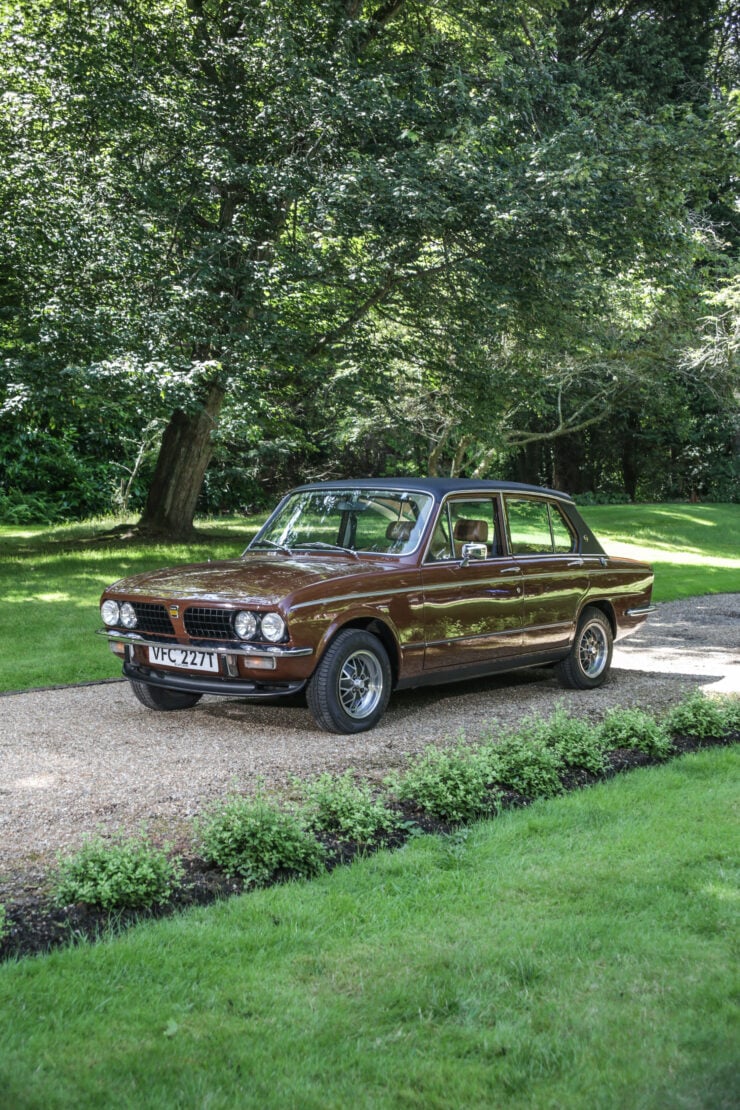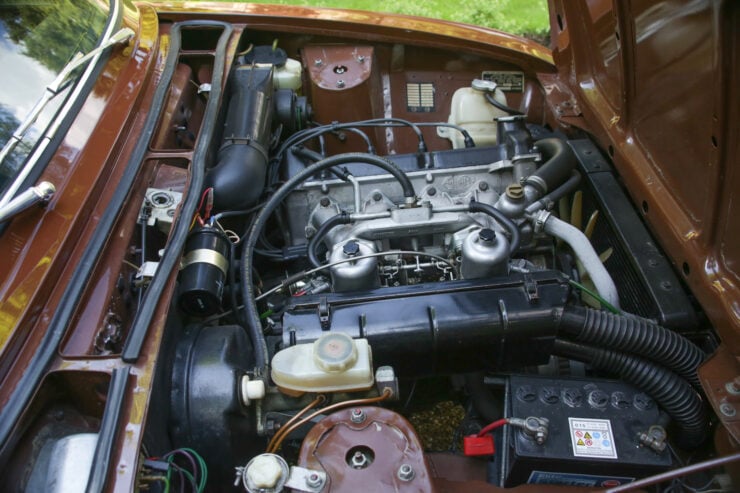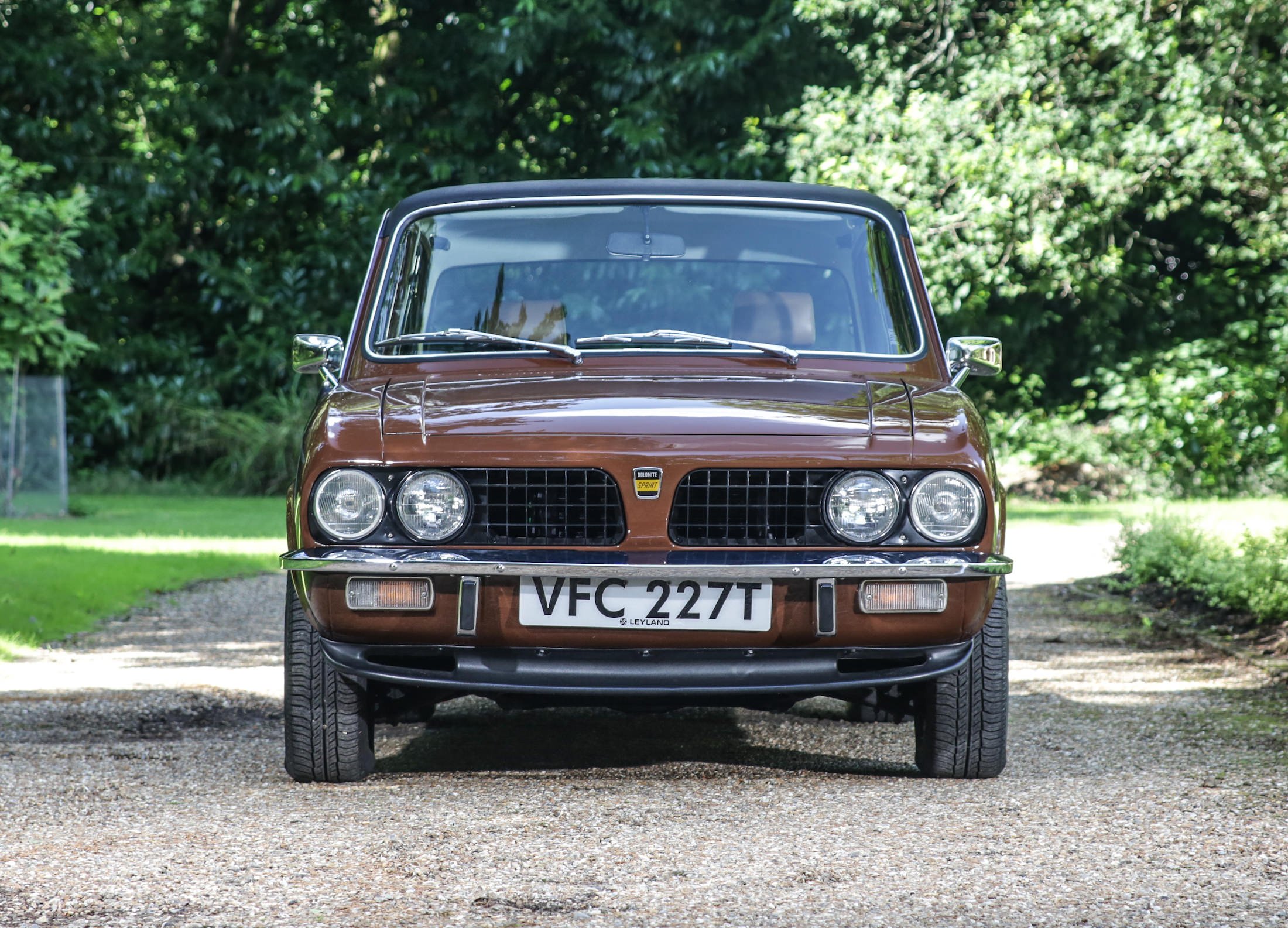This is one of just six Peugeot 505 Pick-Up Double Cabine Gruau prototypes that were made, it was a vehicle designed to combine the best features of a passenger car with the utility of a pick-up truck.
In a way this car was the French answer to the Australian ute or the American pick-up truck, and it would have been ideal for tradespeople who needed a truck and a family sedan, but couldn’t afford both.
Fast Facts – The Peugeot 505 Pick-Up
- The Peugeot 505 Pick-Up Double Cabine Gruau was developed in the mid-1980s as a commercial vehicle with the benefits of a passenger car.
- The plan had been to get the vehicle commercial vehicle due to the advantageous tax status enjoyed by such vehicles in Europe. Sadly the commercial status of the vehicle was rejected and as a result the planned production run was cancelled.
- Power is provided by a 2.5 liter diesel engine, it has a manual transmission, and the rear load bay has a maximum weight allowance of 675 kilograms or 1,488 lbs.
- Just six prototypes were made, this is one of them and it recently underwent a refurbishment to give it the same appearance as the original show car, with the same blue and red side stripes.
The Peugeot 505 – Workhorse of Africa
The Peugeot 505 was introduced in 1979 as an evolution of the outgoing Peugeot 504, although no one knew it at the time the 505 would become known as the “Workhorse of Africa” and it would provide an invaluable locally-built transportation option in developing countries like China, Indonesia, Chile, Argentina, Thailand, Nigeria, Taiwan, Malaysia, and Egypt.
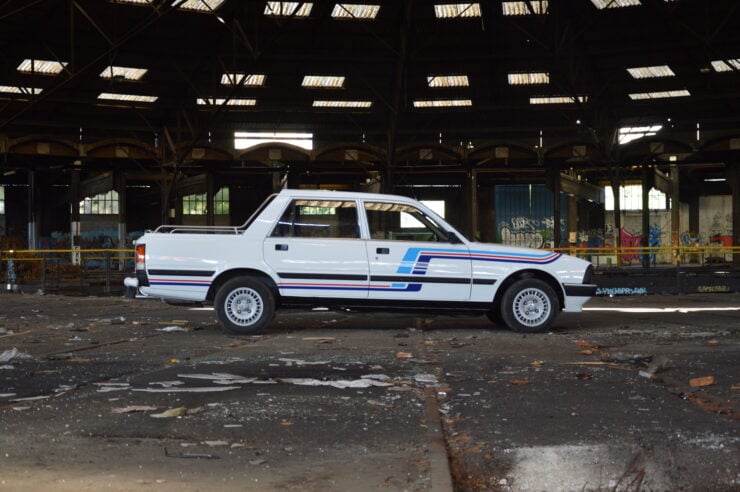
This unusual 505 offers four doors and seating for five, with the added benefit of a pick-up truck bed in the rear.
The simplicity of the Peugeot 505 worked in its favor and it proved to be a remarkably tough vehicle for a passenger car that was originally designed to be used in Europe. The car features a steel unibody design with a longitudinally-mounted engine sending power back through either a manual or automatic transmission to the rear wheels.
The styling of the 505 was a joint effort between Pininfarina and Peugeot, and the vehicle was offered as a variety of body styles including as a four-door sedan, a five-door station wagon (estate), and in prototype form as a coupe, a two-door convertible, and as a four-door pick-up truck.
Most examples of the Peugeot 505 had independent front and rear suspension however a live axle rear end was used on some models in some markets due to its additional strength and simplicity.
Braking was accomplished with discs up front and either discs or drums in the rear depending on the model, and engines varied widely with smaller 1.8 liter petrol engines offered right the way through to turbodiesels and the 2.8 liter PRV V6 – the same engine used in the DeLorean DMC-12.
The Peugeot 505 would remain in production from 1979 until 1997, with the final production cars rolling off the factory floor in Guangzhou, China.
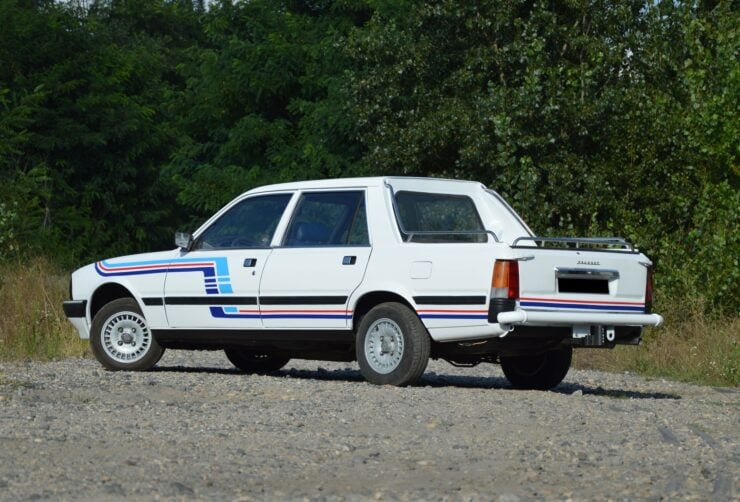
The tailgate folds down to allow easy access to the cargo bay, and there are grab handles along the sides and rear.
In many developing countries the 505 is still a regular sight on the roads, with local mechanics doing a remarkable job at keeping them running even after decades of use on rough dirt tracks.
The Peugeot 505 Pick-Up Double Cabine Gruau
The car you see here is a significantly modified 505, it’s called the The Peugeot 505 Pick-Up Double Cabine Gruau and it was built by Carrosserie Gruau using a 505 station wagon as a starting point.
Carrosserie Gruau is a French coachbuilder and specialist vehicle manufacturer that started out all the way back in 1889 making horse carts. They adapted and changed significantly over the years, embracing the automobile revolution and becoming a major french carrosserie, or coachbuilder.
Gruau developed the 505 Pick-Up Double Cabine in-house and showed it to the public for the first time at the 1984 Paris Motor Show. Each of the six prototypes was built using a Peugeot 505 station wagon (estate) 2.5 liter diesel as a starting point, the rear was cut off and replaced with a cargo bed, the passenger cabin area was sealed and a rear window was put in.
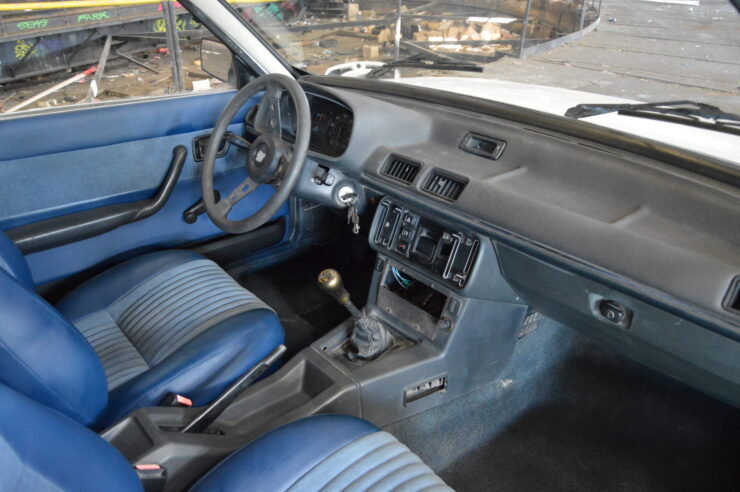
The interior is largely unchanged from the original Peugeot 505, this example is a diesel model with a manual transmission.
The rear load bed had a size of 1.37 meters x 1.44 meters and a weight capacity of 675 kgs, making it ideal for many tradespeople. The original plan for the vehicle was to have it taxed as a commercial vehicle, making it less expensive to operate than a standard road car, while still having all of the benefits of a standard passenger vehicle.
Sadly for Gruau, this commercial vehicle classification was rejected, and the project was cancelled as a result. The six prototypes were sold off into private hands (registered as station wagons), and the project was abandoned.
The car you see here is one of the six original prototypes, it was first registered in 1985 in the Rhône region of France. Decades later in 2021 it would undergo a refurbishment, with all bodywork completed, new plaint applied, a tidied up interior, and a rebuilt drivetrain. The same stripes used on the Paris Motor Show car were then applied.
The car is now due to cross the auction block with Aguttes on the 19th of September in France, the price guide is €20,000 – €30,000 which works out to approximately $23,700 – $35,500 USD.
If you’d like to read more or register to bid you can click here to visit the listing.
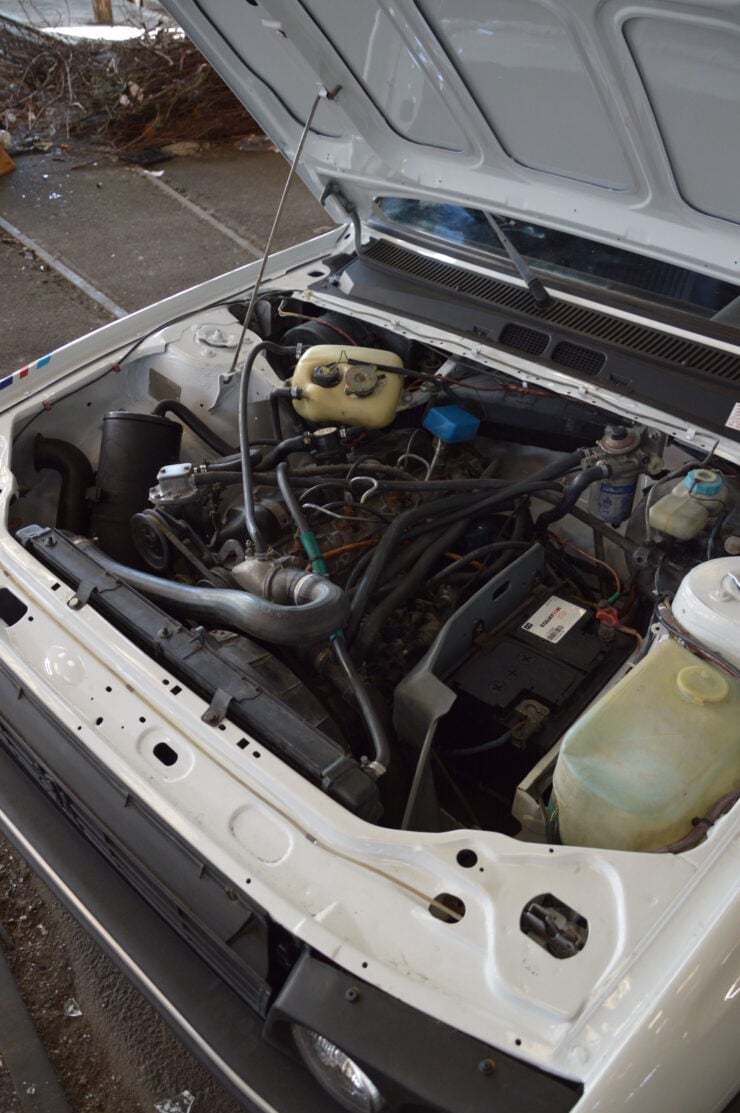
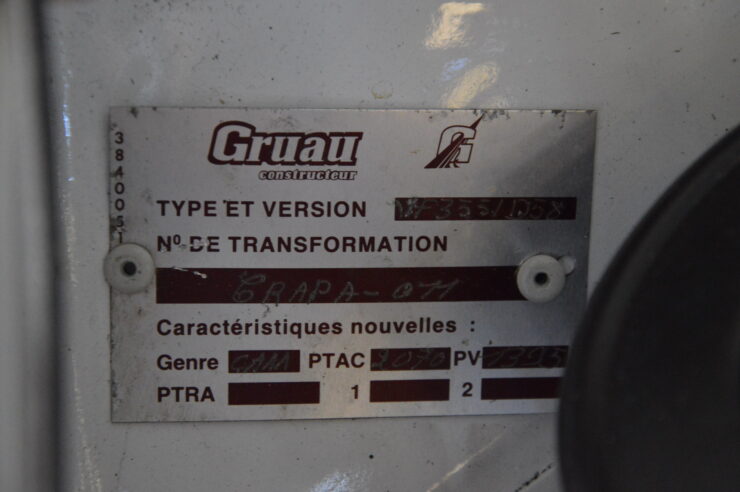
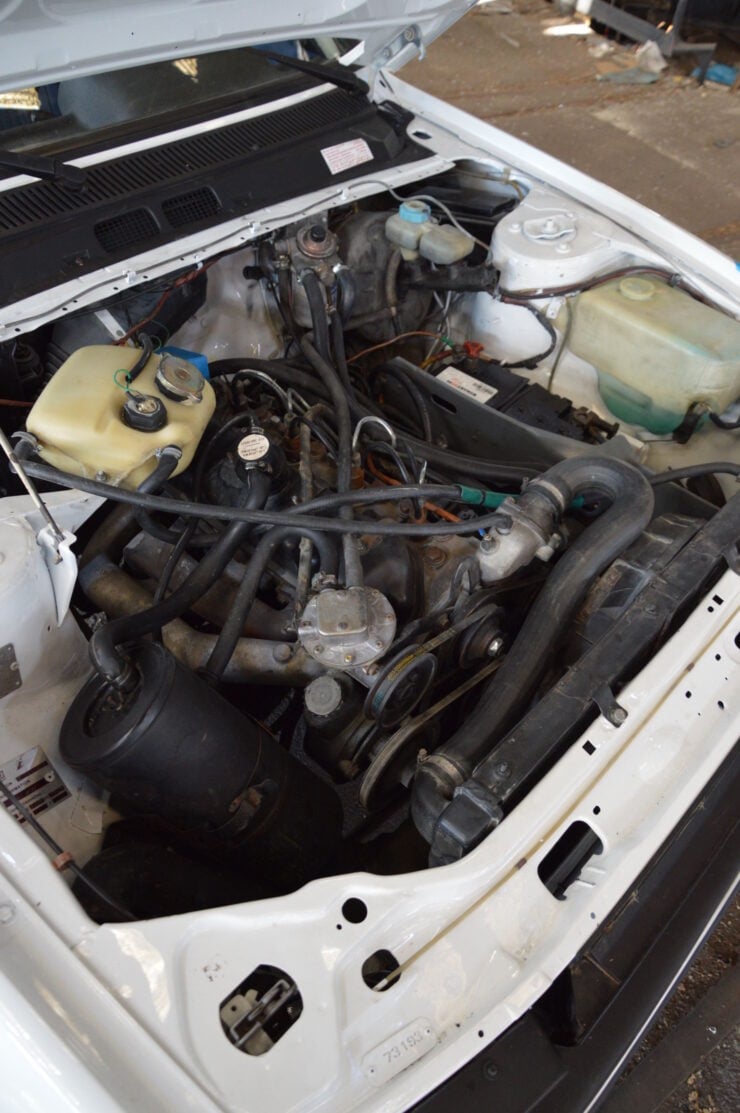
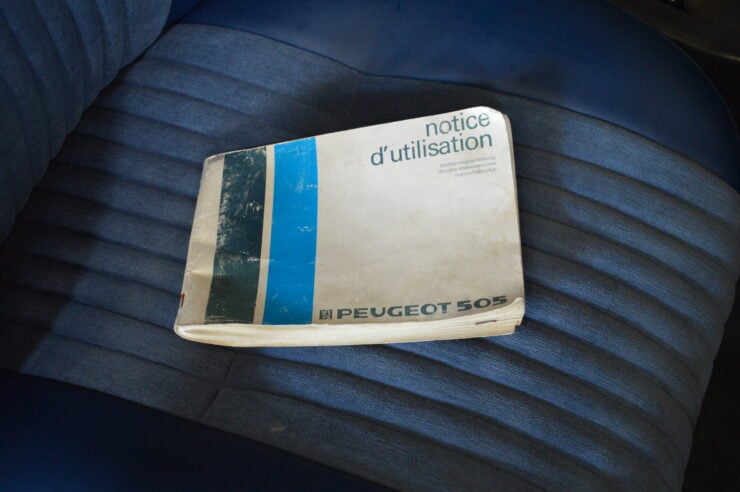
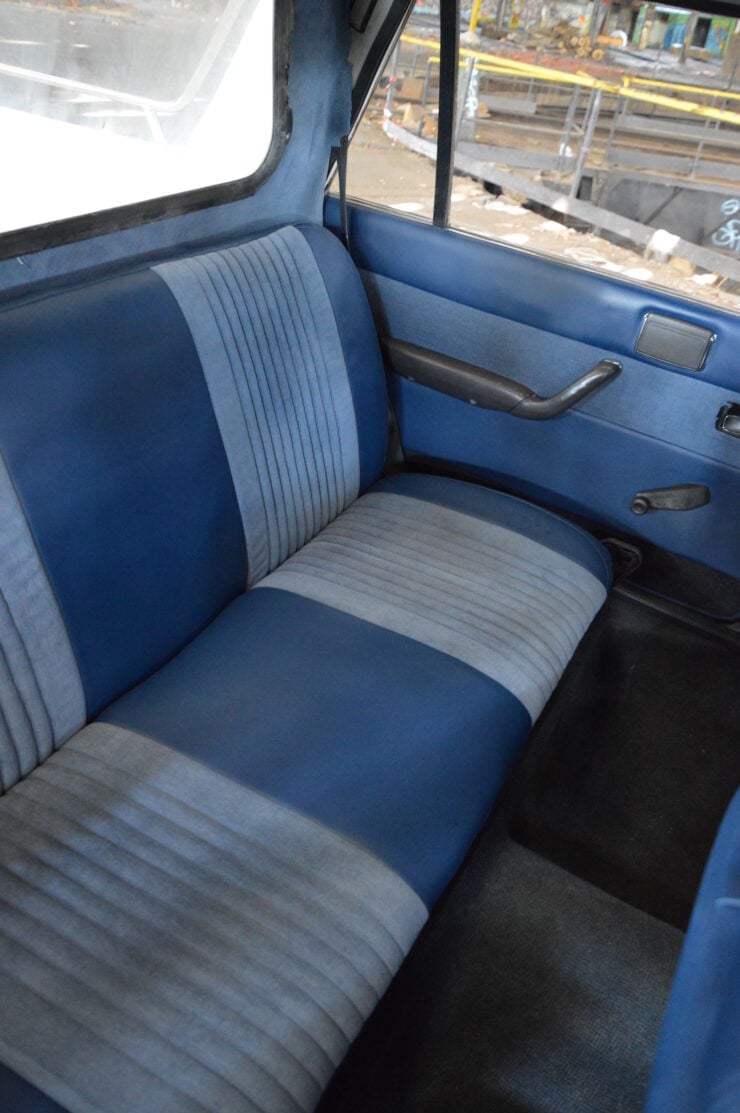
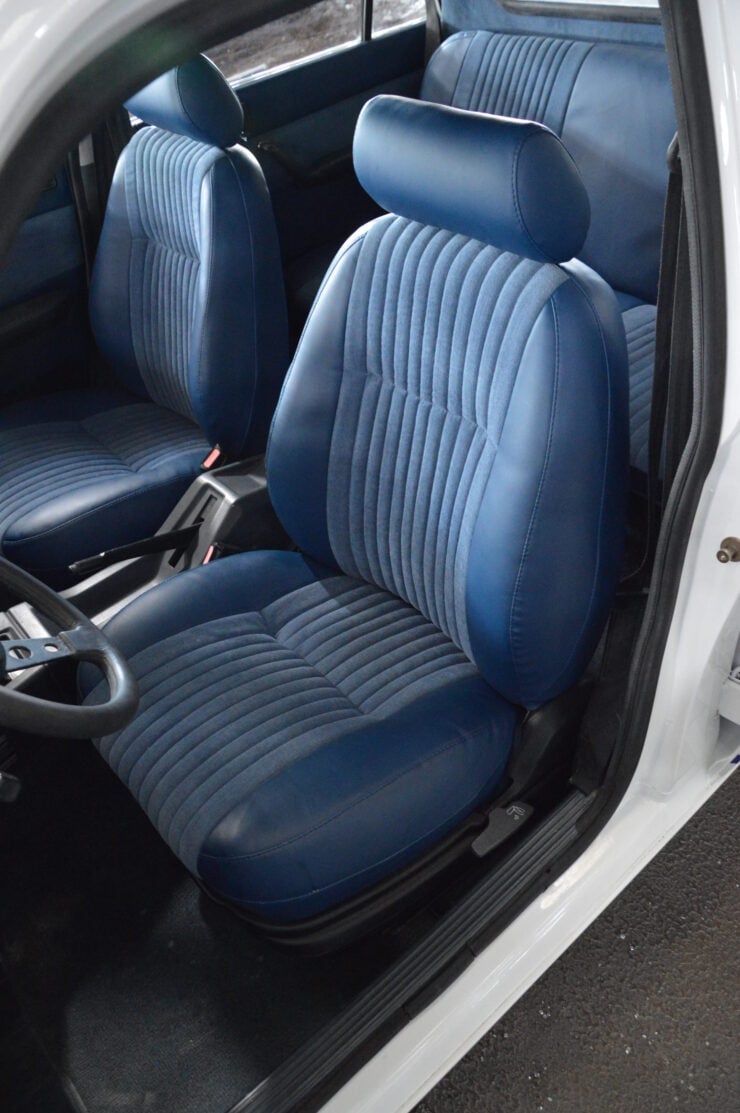
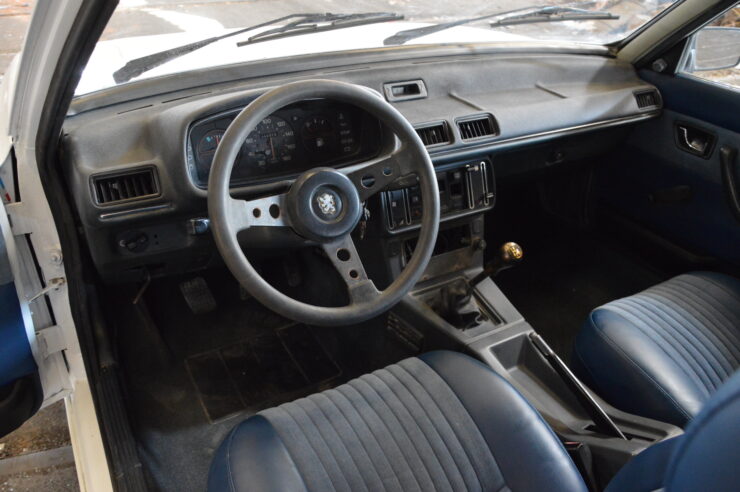
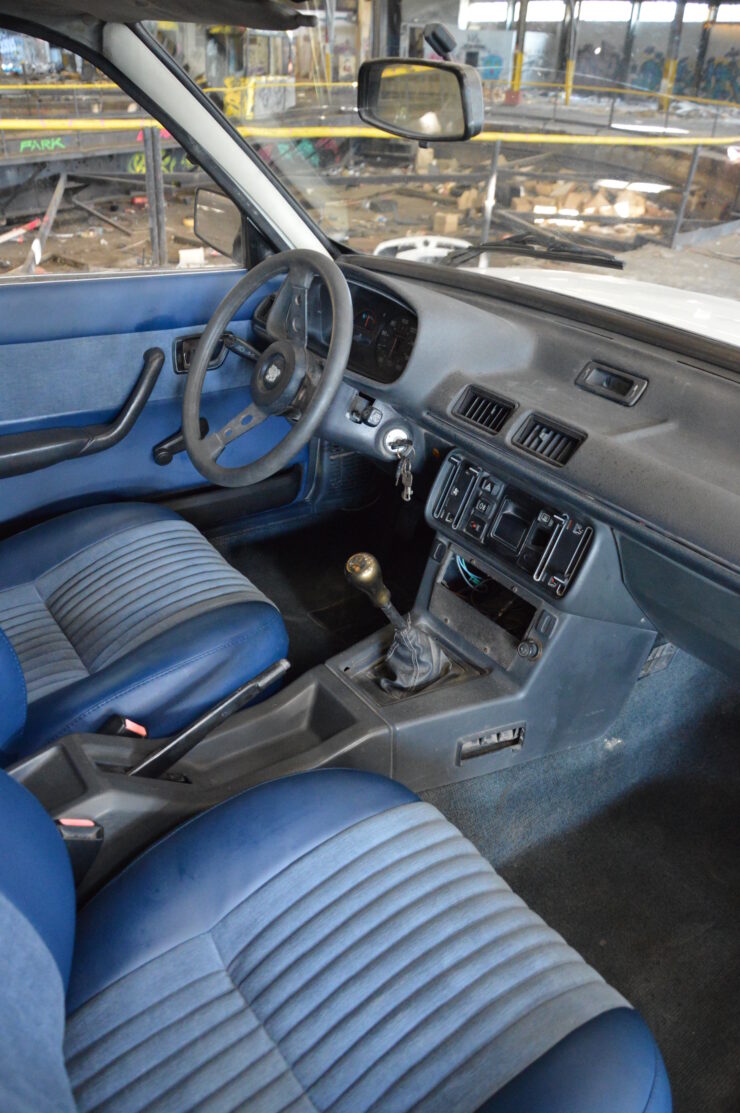
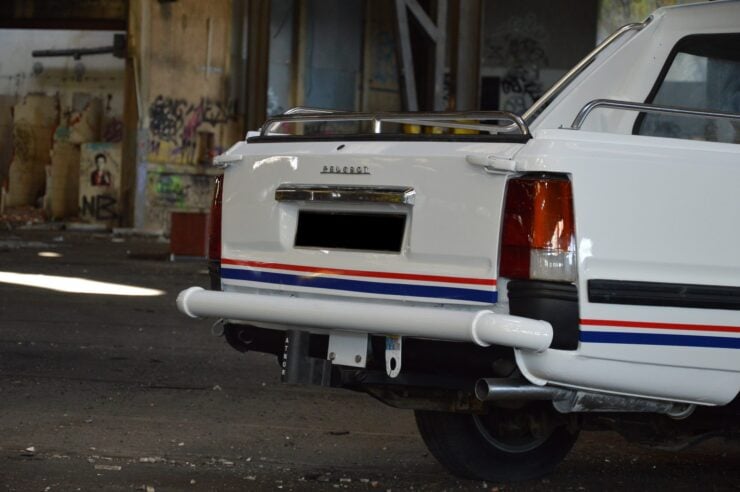
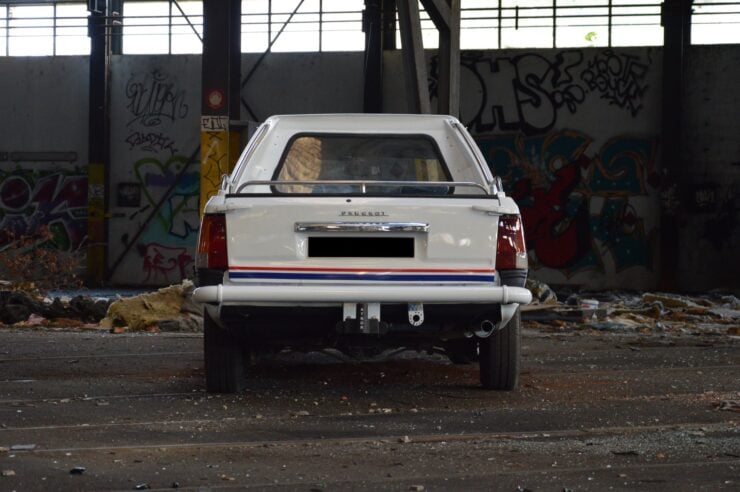
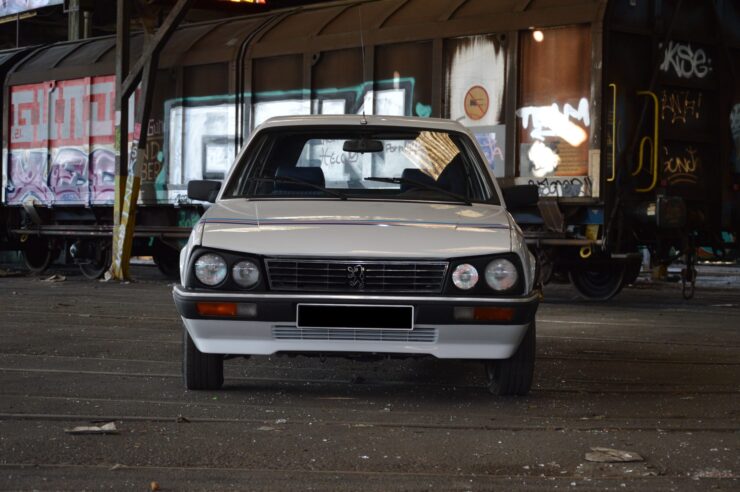
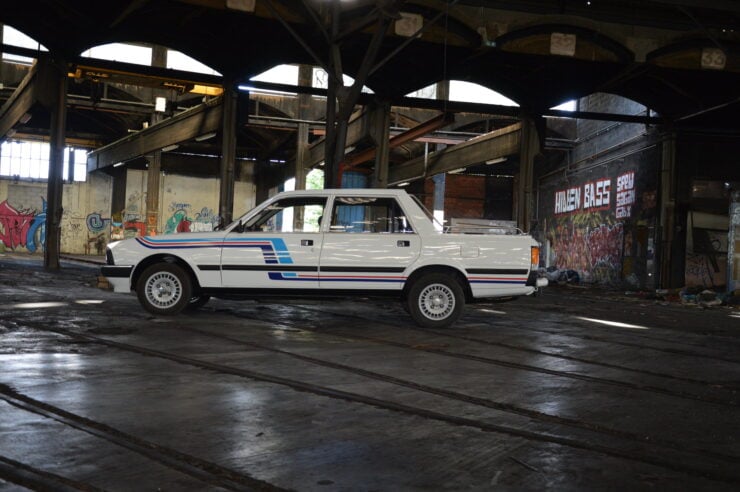
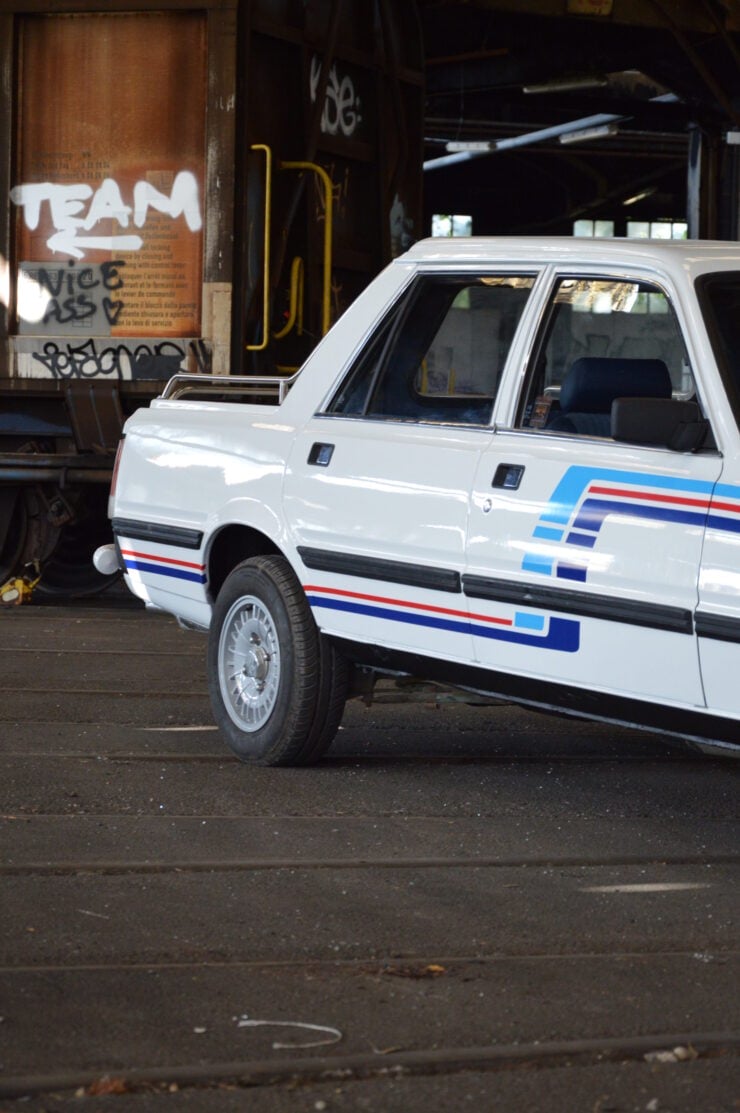
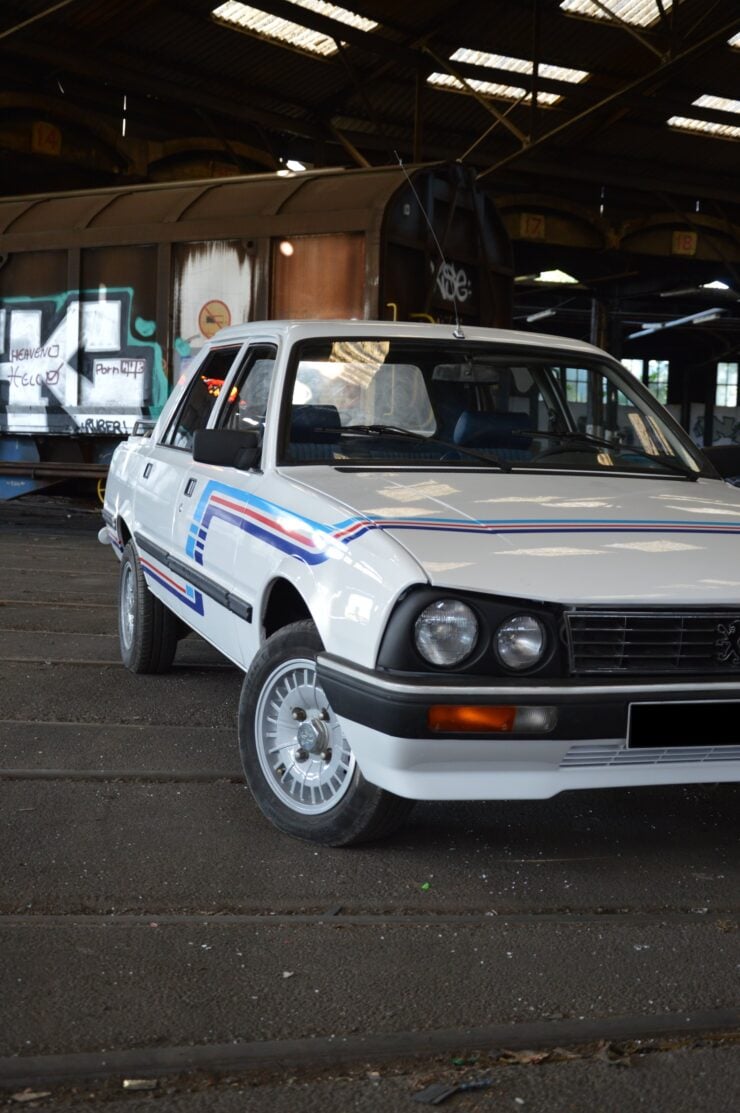
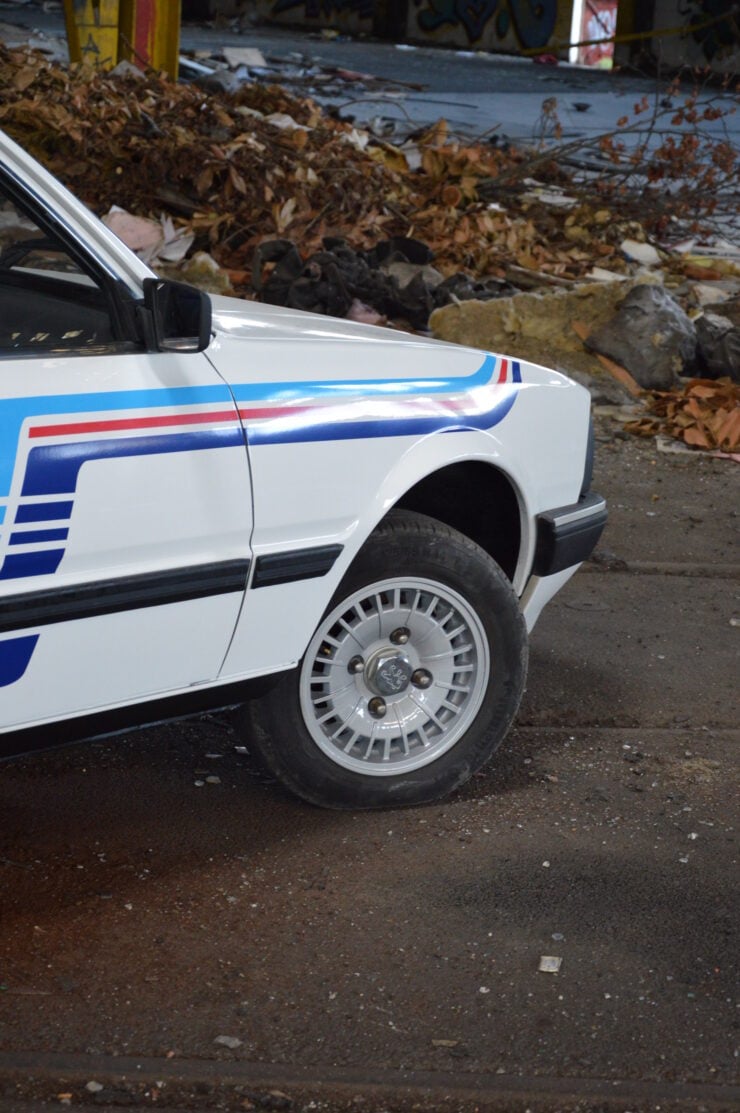
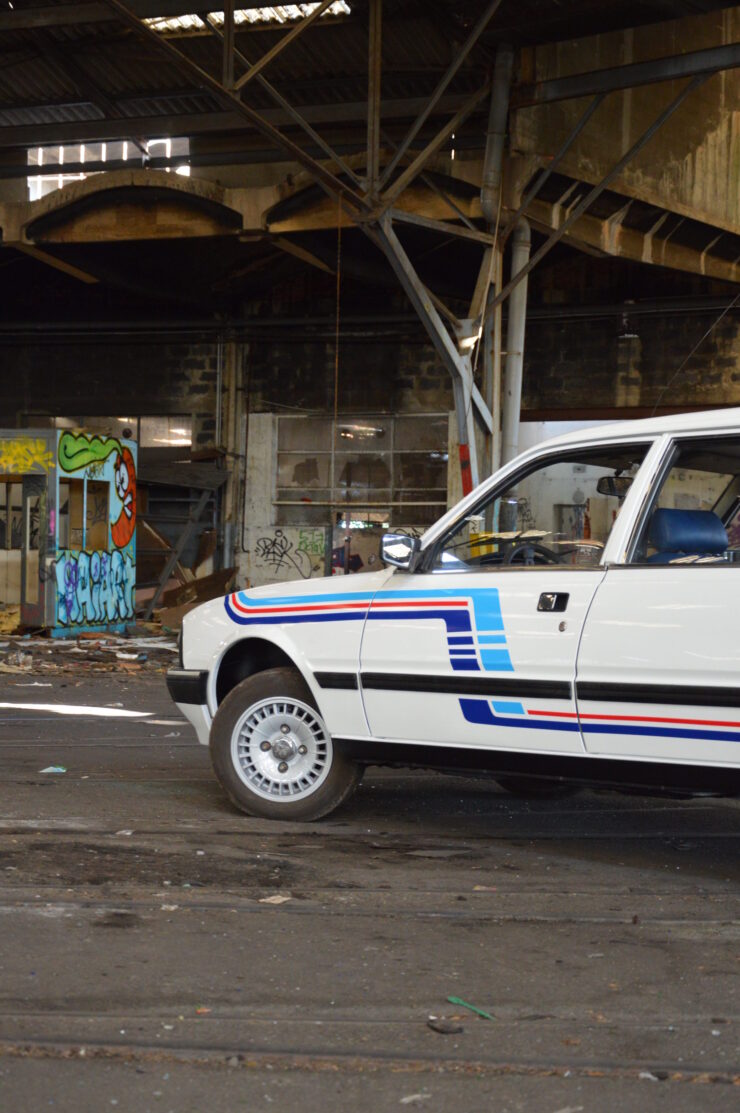
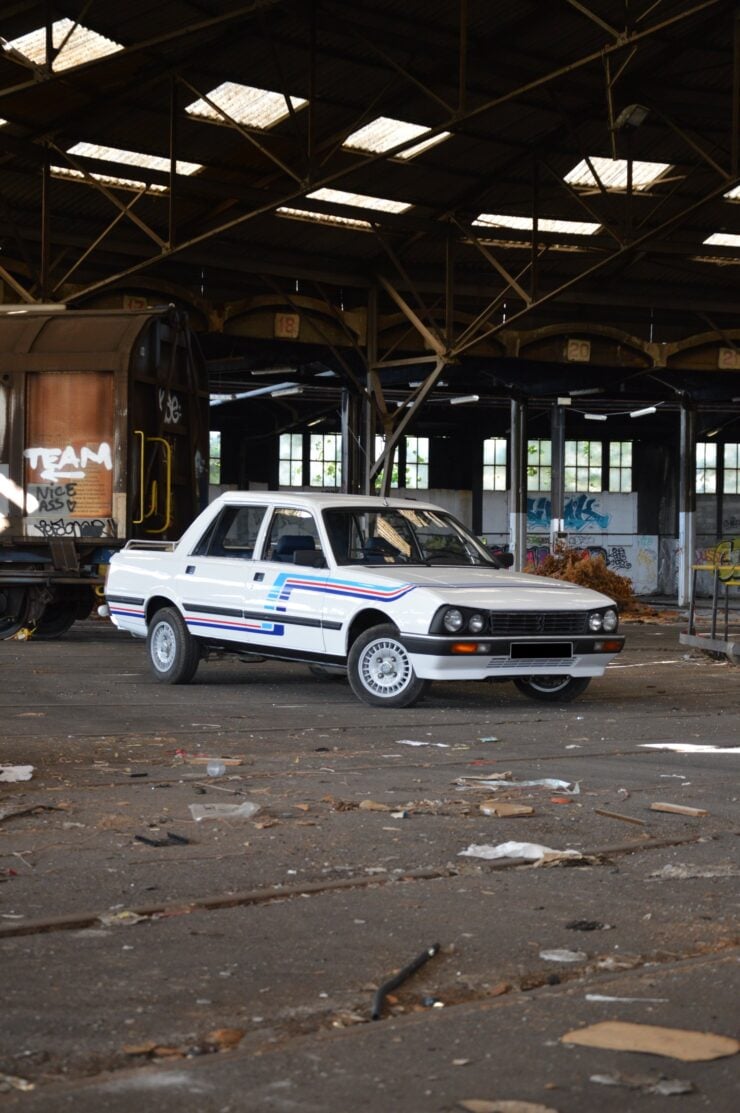
Images courtesy of Aguttes
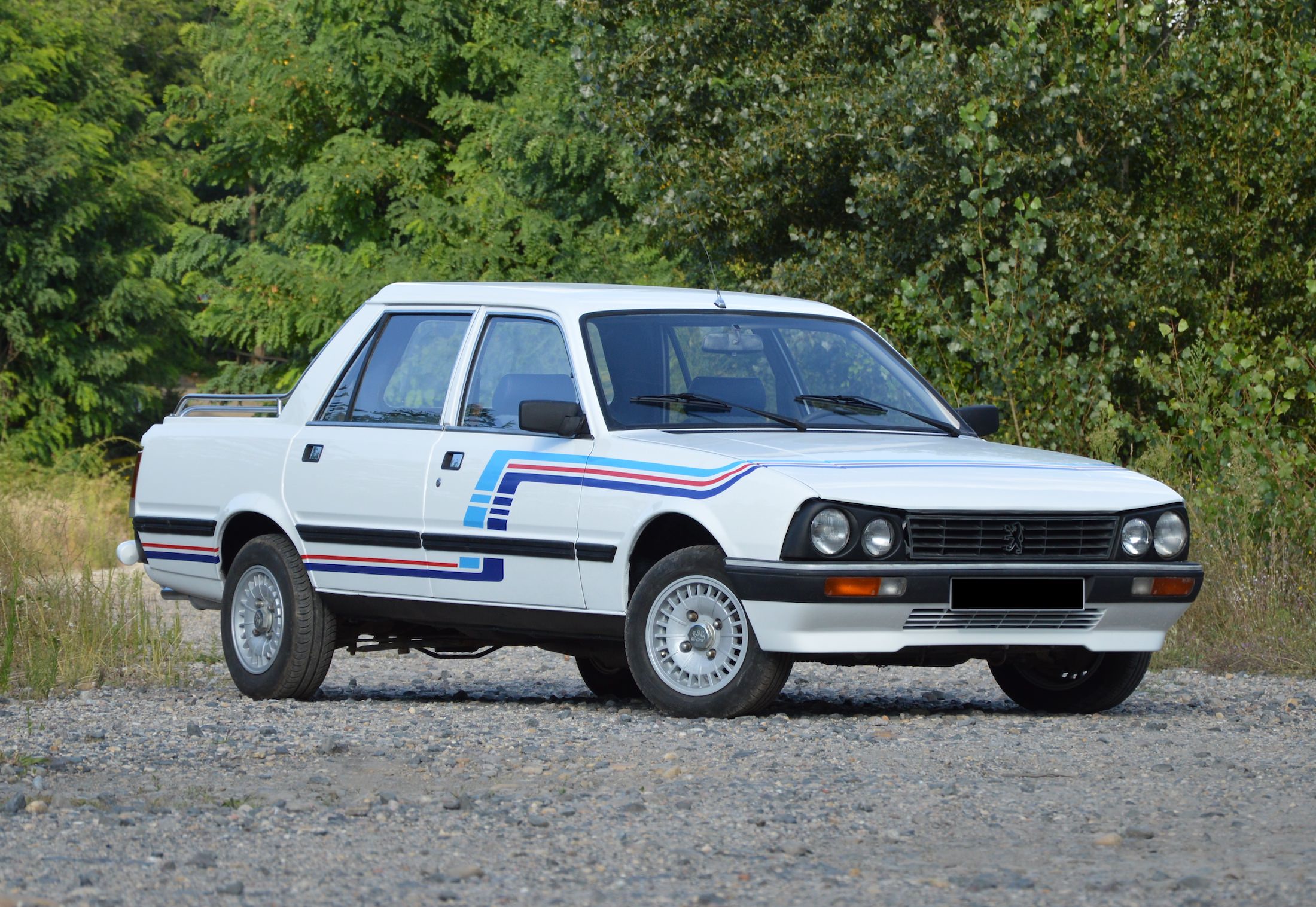
The post 1 Of 6 Prototypes Made: The Peugeot 505 Pick-Up Double Cabine Gruau appeared first on Silodrome.
from Silodrome https://silodrome.com/peugeot-505-pick-up-double-cabine-gruau/
via gqrds
